Hidden History: Exploring Bunkers Along the Baltic Sea
The enemy always came by sea. And those who lived on land were always afraid. A hiking tour along the Baltic Sea beaches shows anyone who keeps their eyes open an amazing glimpse into dark history.
A hundreds of kilometers long hiking trail stretches from one end of the sea near Boltenhagen to just before Gdansk in Poland and can be walked directly along the beach for long stretches. That's exactly where they are hidden, the ruins of a bygone era, built of concrete, huge castles or sometimes hidden in the sand or in the cliffs, which were built primarily during the Second World War, but also in the long decades of the Cold War .
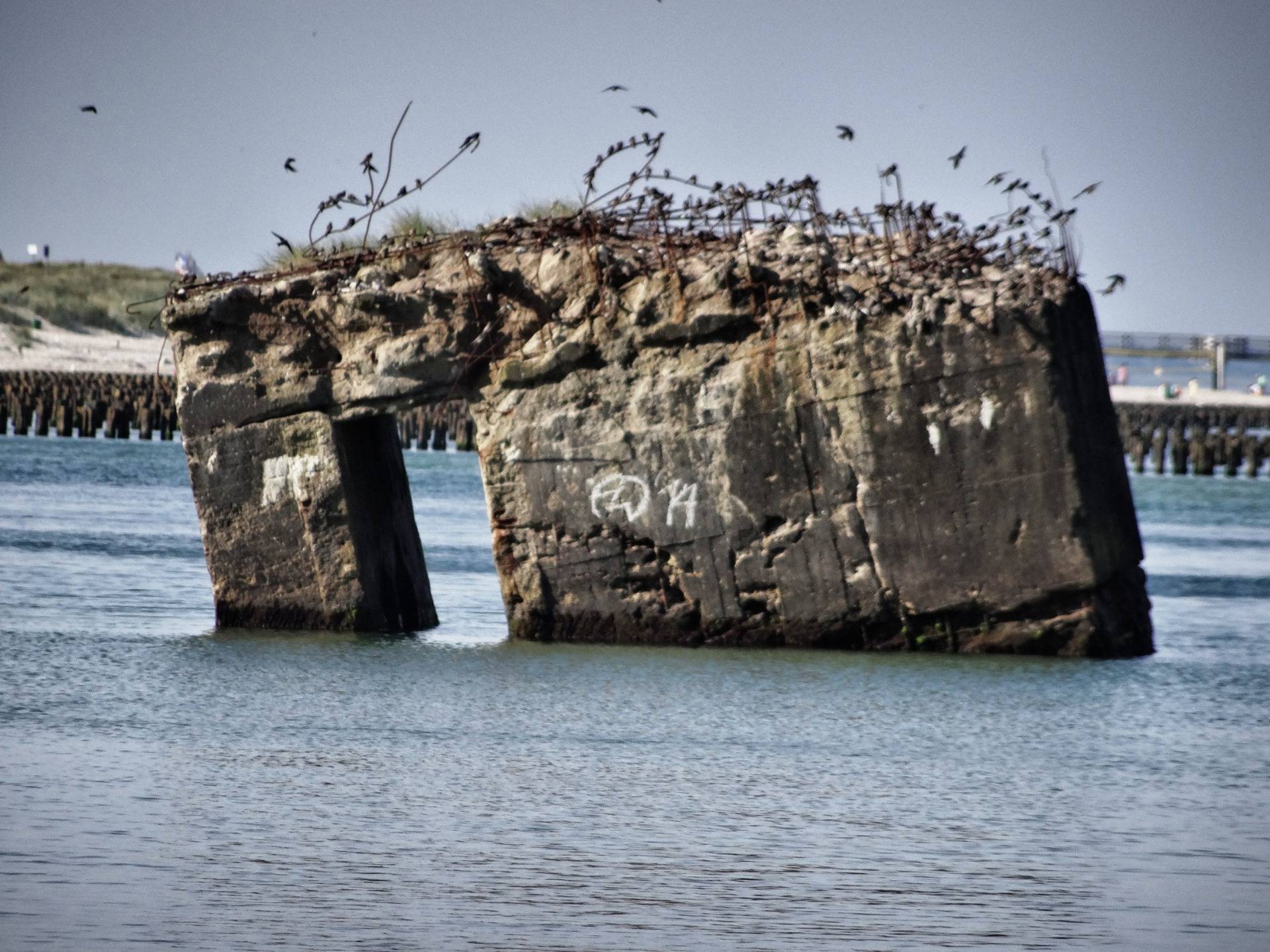
Bunkers everywhere
Bunkers here, bunkers there, bunkers everywhere. Near Wustrow, a small, cute community on the German Darß, there are several unmissable rudiments made of steel and concrete right on the cliffs. These bunkers, now partially surrounded by water, were once objects of the 6th Coastal Border Brigade of the GDR armed forces, which had stationed its 7th Technical Observation Company here.
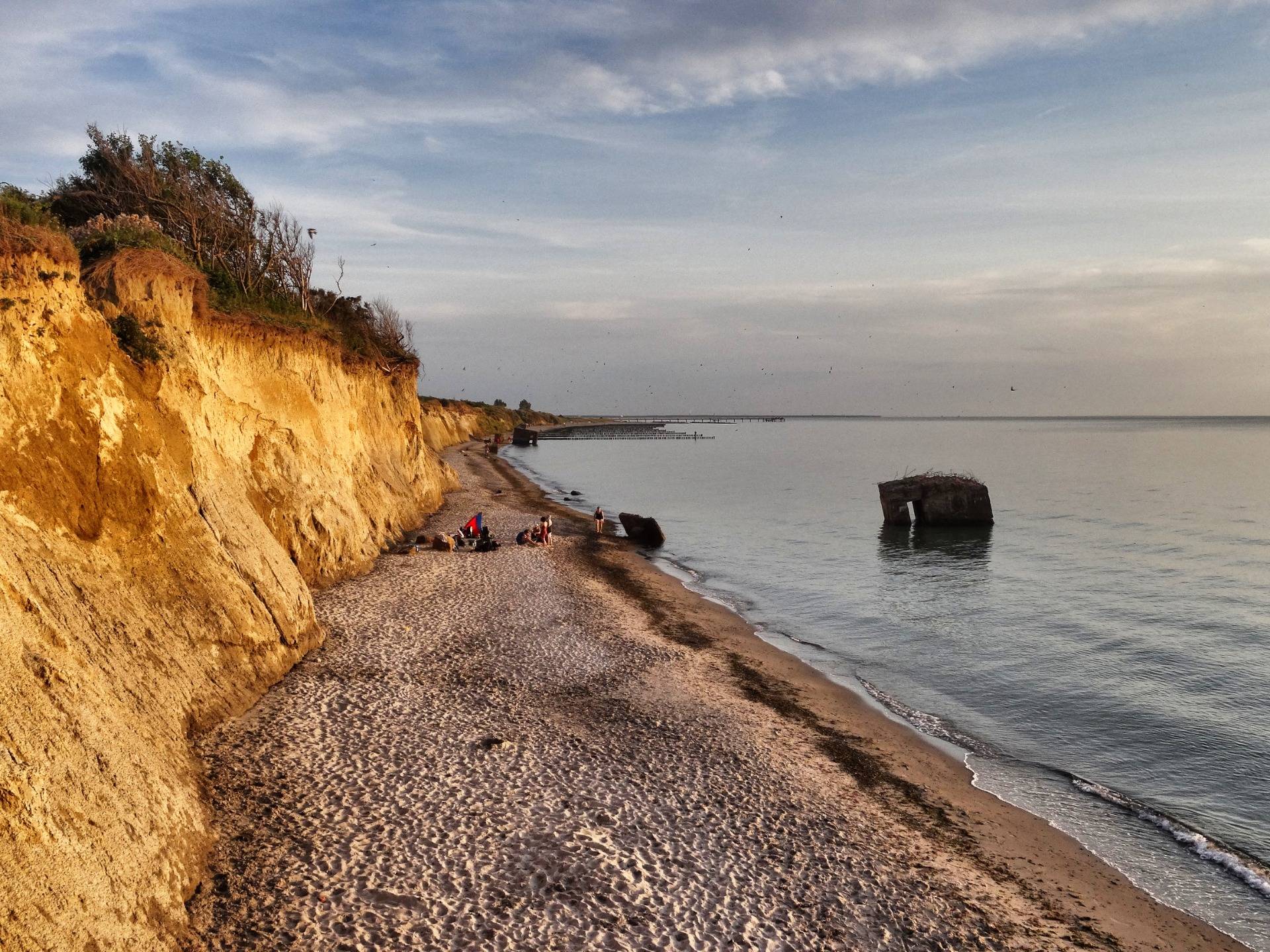
A total of three bunkers were built between 1957 and 1959 to monitor ship movements on the Baltic Sea. One bunker housed a heat detection system, and the second bunker housed a radio transmitter. The third and largest building had three work rooms where soldiers sat and evaluated data.
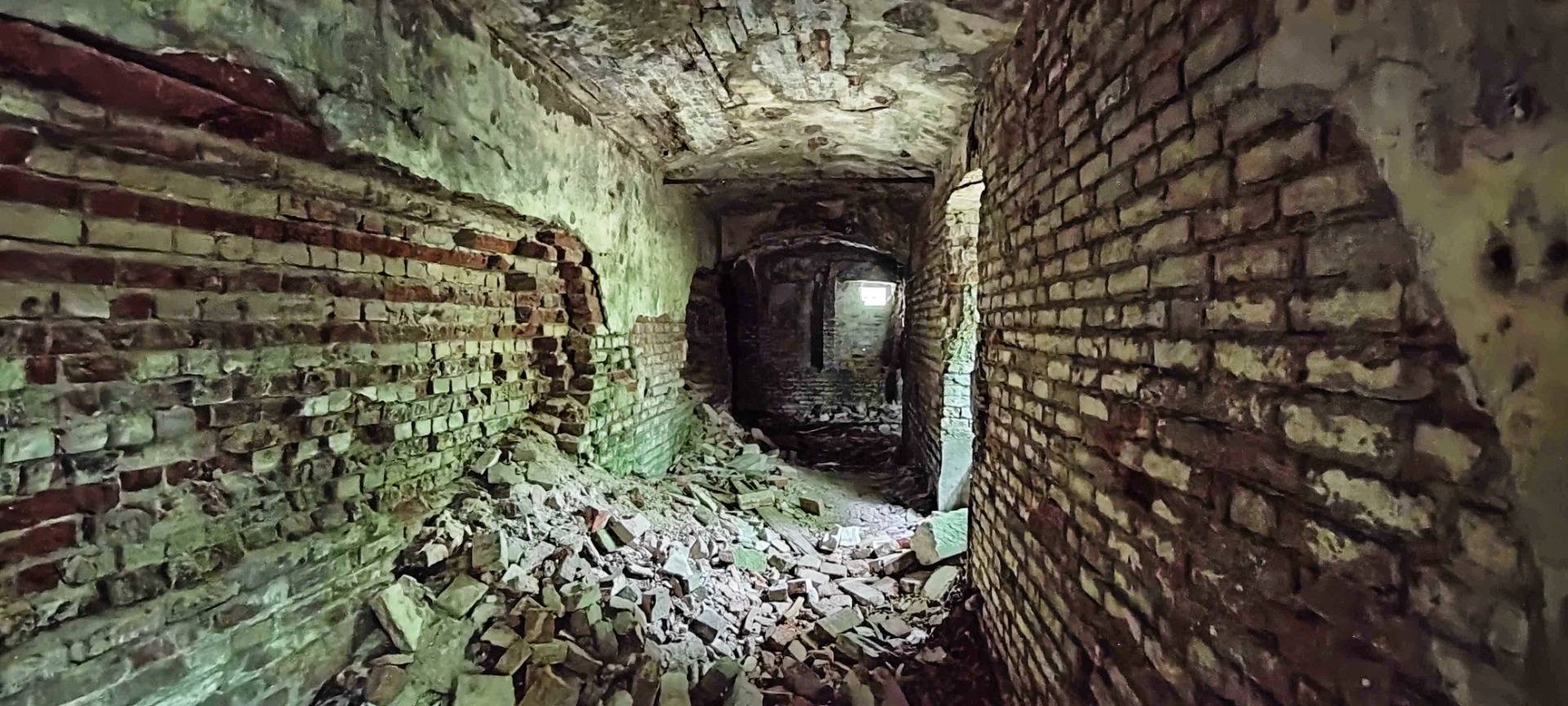
Due to the annual demolition of the cliffs, parts of the bunkers have been lying in the water for years; they survived the war, which fortunately never came, and are only gradually being washed away from the public eye.
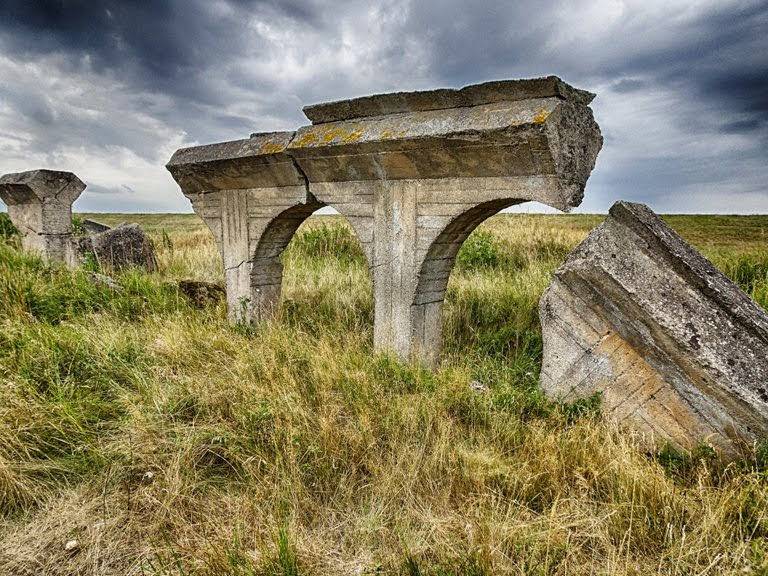
Birds nest on the rubble, the steel rusts and the salt eats away at the cement. The bunkers can be reached via the “Walking Trail to the Wustrow Bunkers”. Day tourists like to marvel here and consider the buildings to be unique.
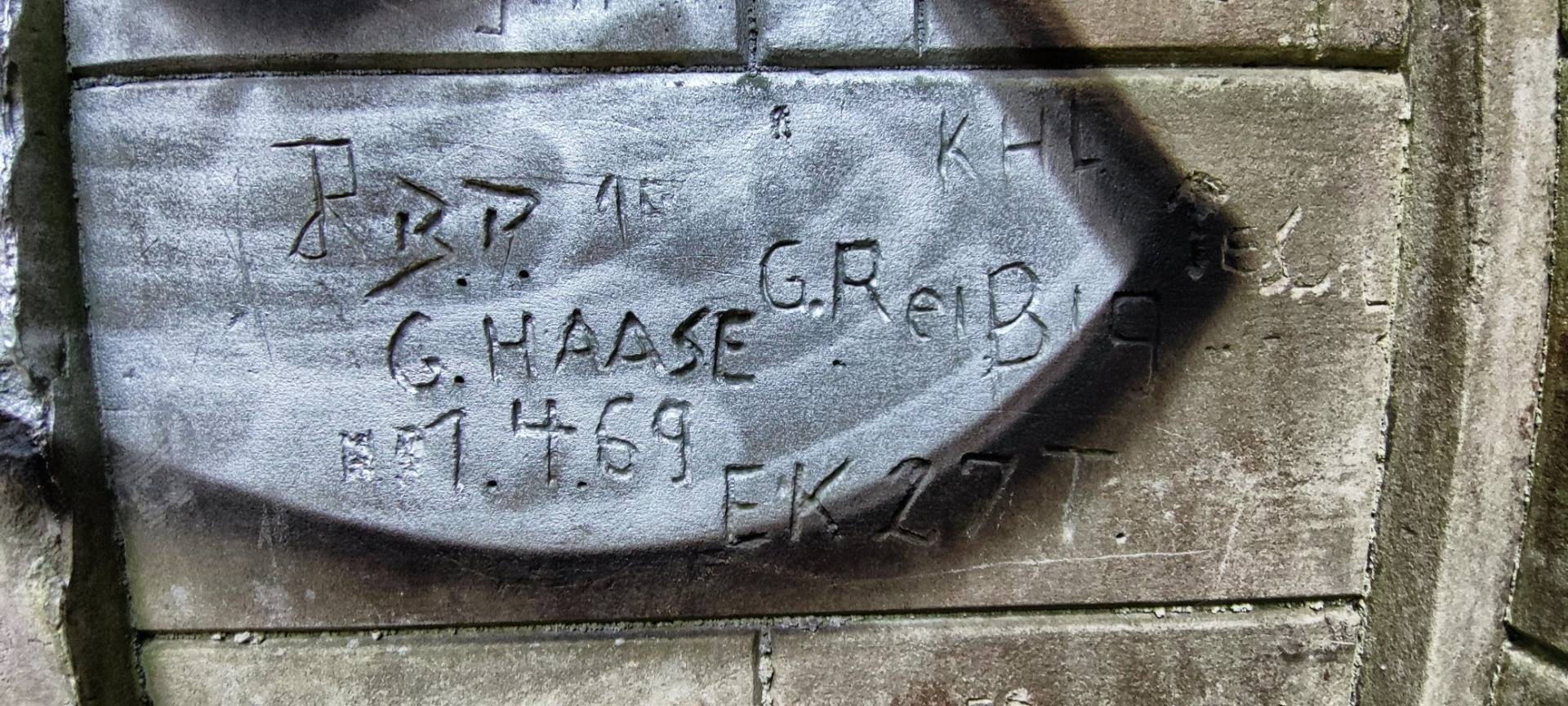
The Castles of the Warlords
But they are not. All along the German Baltic Sea coast, warlords from all times have left their own stone monuments. On Usedom they are actually huge - sometimes barely noticeable, sometimes impossible to miss.
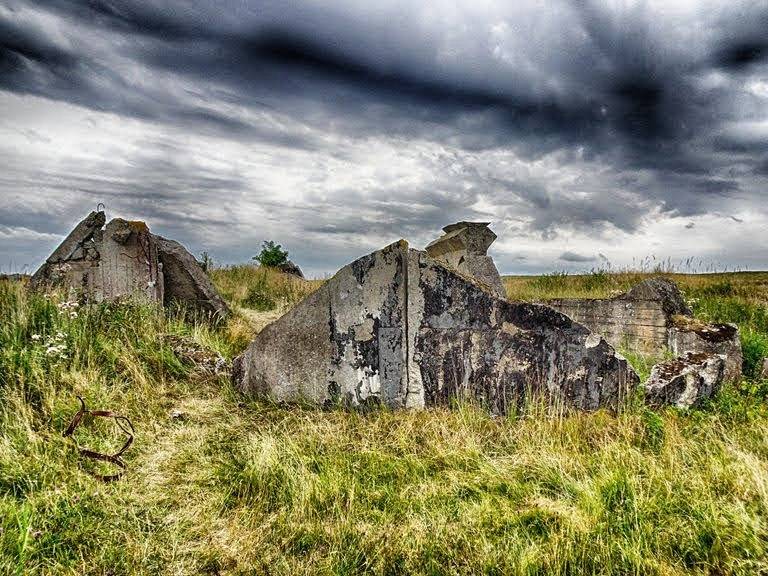
The same thing happens on what is now the Polish side of the border. A lot of things have been torn down here, and many more have sunk into the undergrowth. But if you keep your eyes open, you have a wonderful view of the hellhole of history.
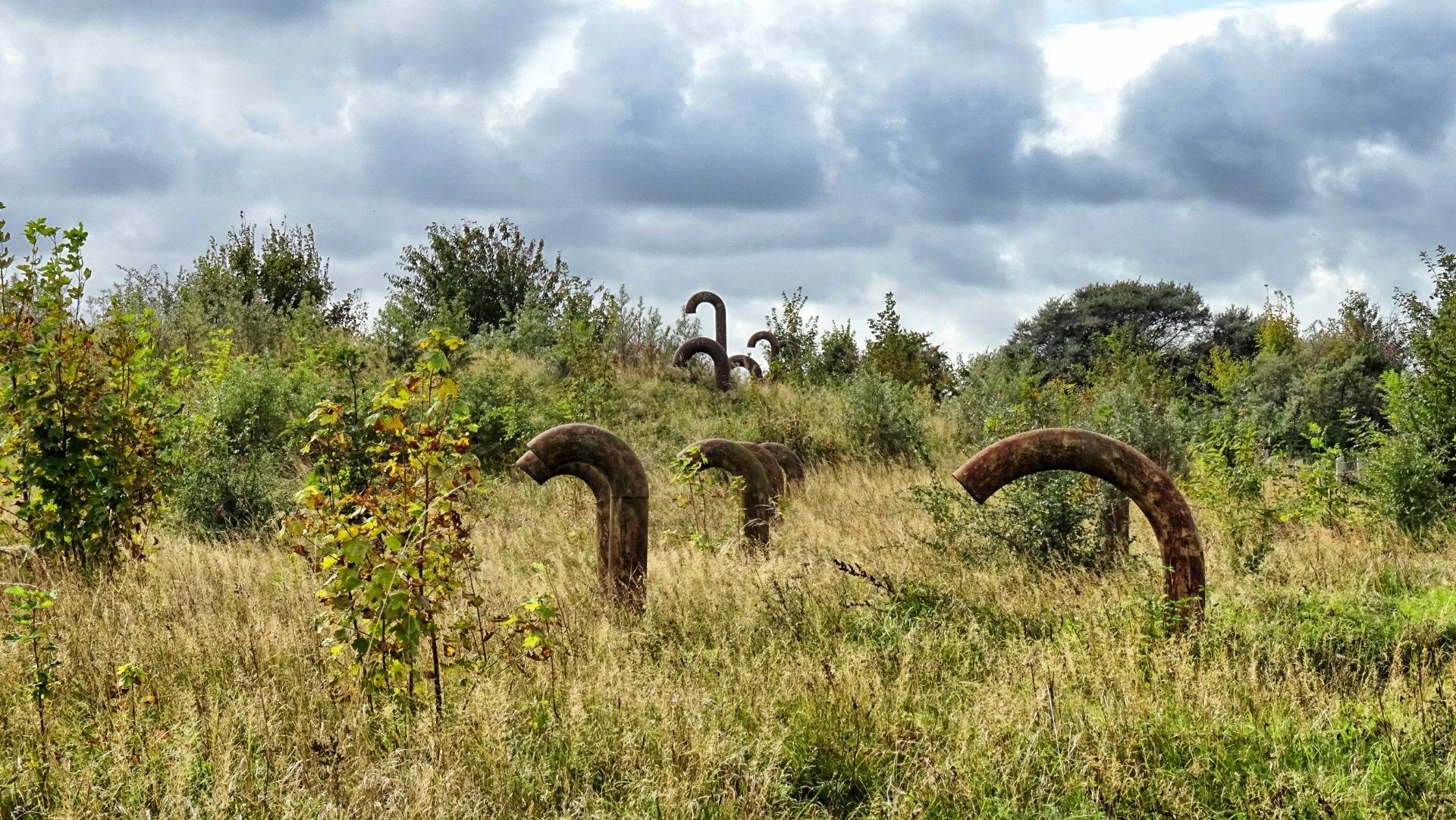
Hidden beneath the roots are the remains of so-called one-man bunkers, where soldiers had to spend long, lonely shifts staring at the horizon. In other places, only connecting passageways remain between positions that have long since disappeared.
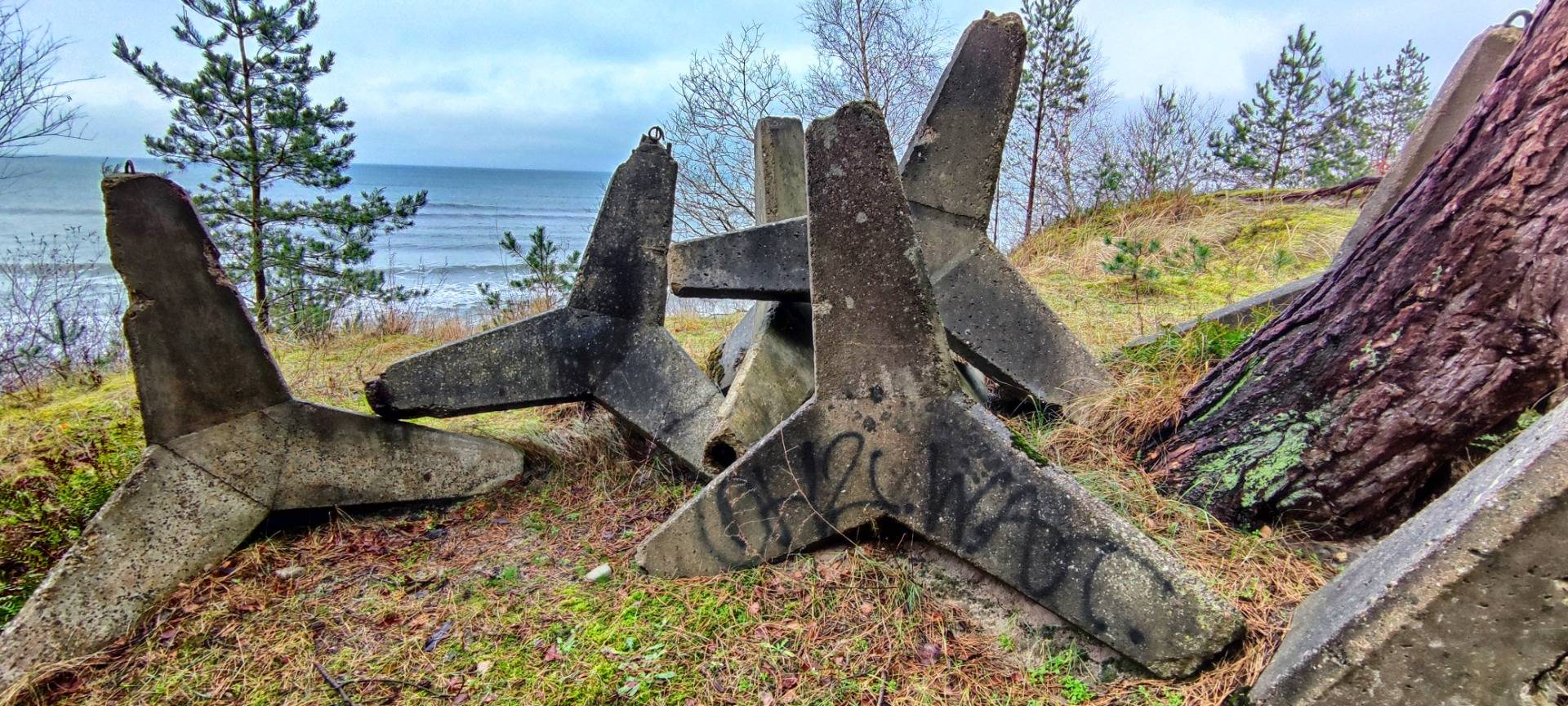
On peaceful beaches
The peaceful beach scenes that take place today on the wide sandy strips along the coast lie in the shadow of the dark memories of times when attacking enemies were expected here.

Entire generations of young men were forced to spend their time underground, forced into uniforms and armed, forced to defend a country, or rather a government, that they rejected because it took away their freedom to come and go as you would have wanted.
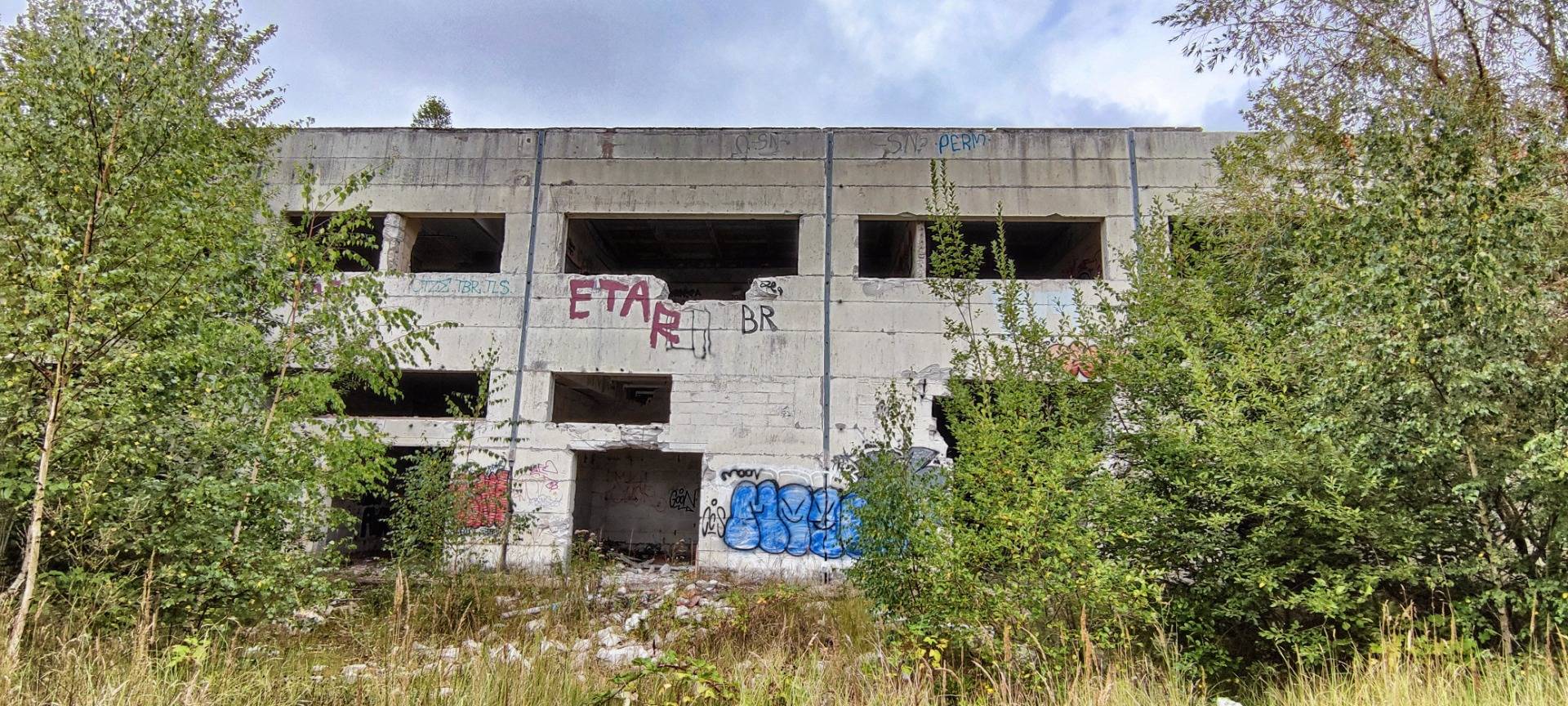
Nowhere is anything described or the background of the buildings explained. Older residents who know the area tell us about the huge construction crews that came to build these fortresses.
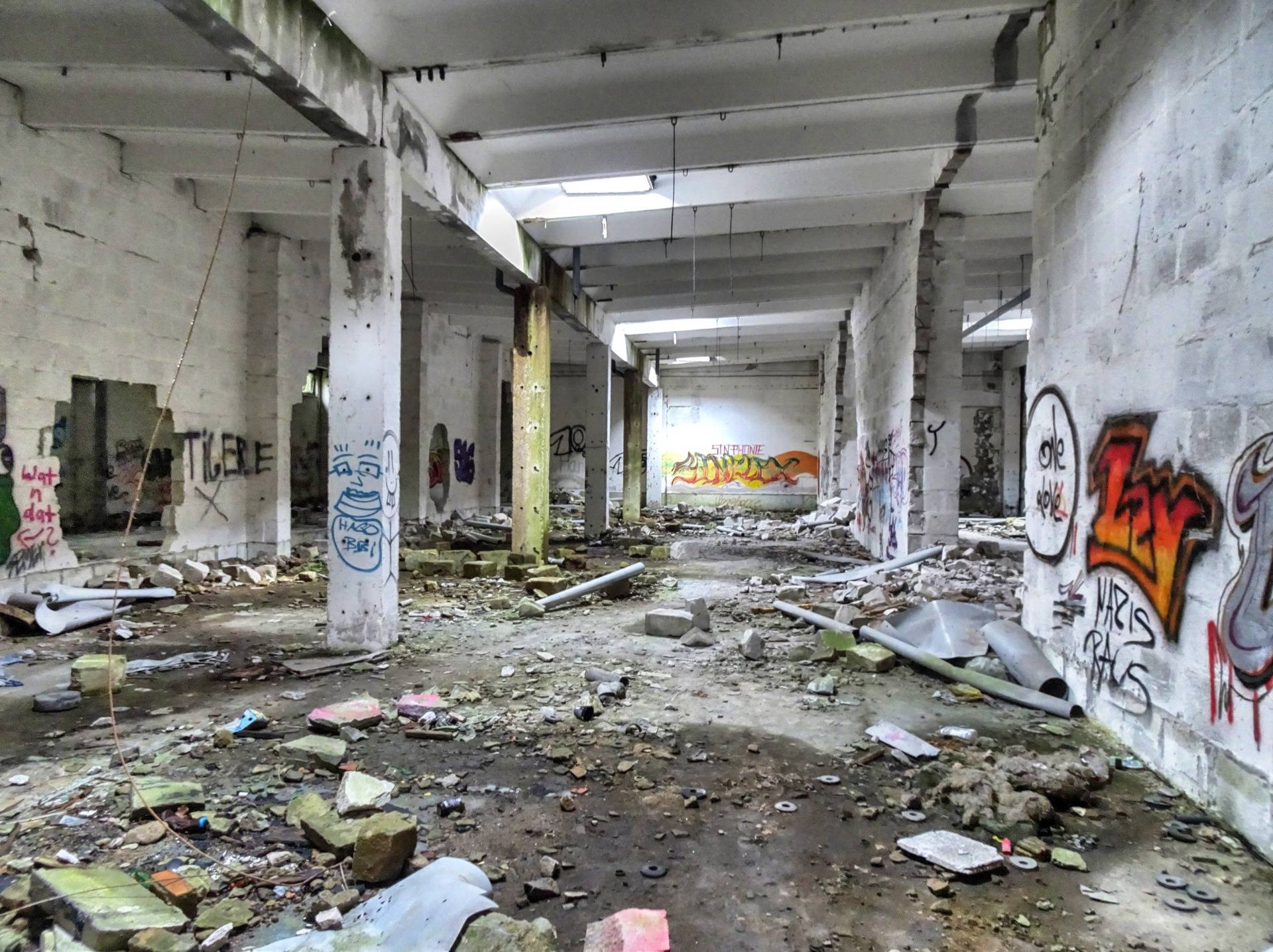
In a closed area
They were followed by teams who blocked barbed wire and took over entire forests for the military. You can now get up close again almost everywhere. Only near Peenemünde, the place where the Nazis let the later NASA space pioneer Wernher von Braun launch the first rockets into space, is an entire peninsula completely closed to this day.
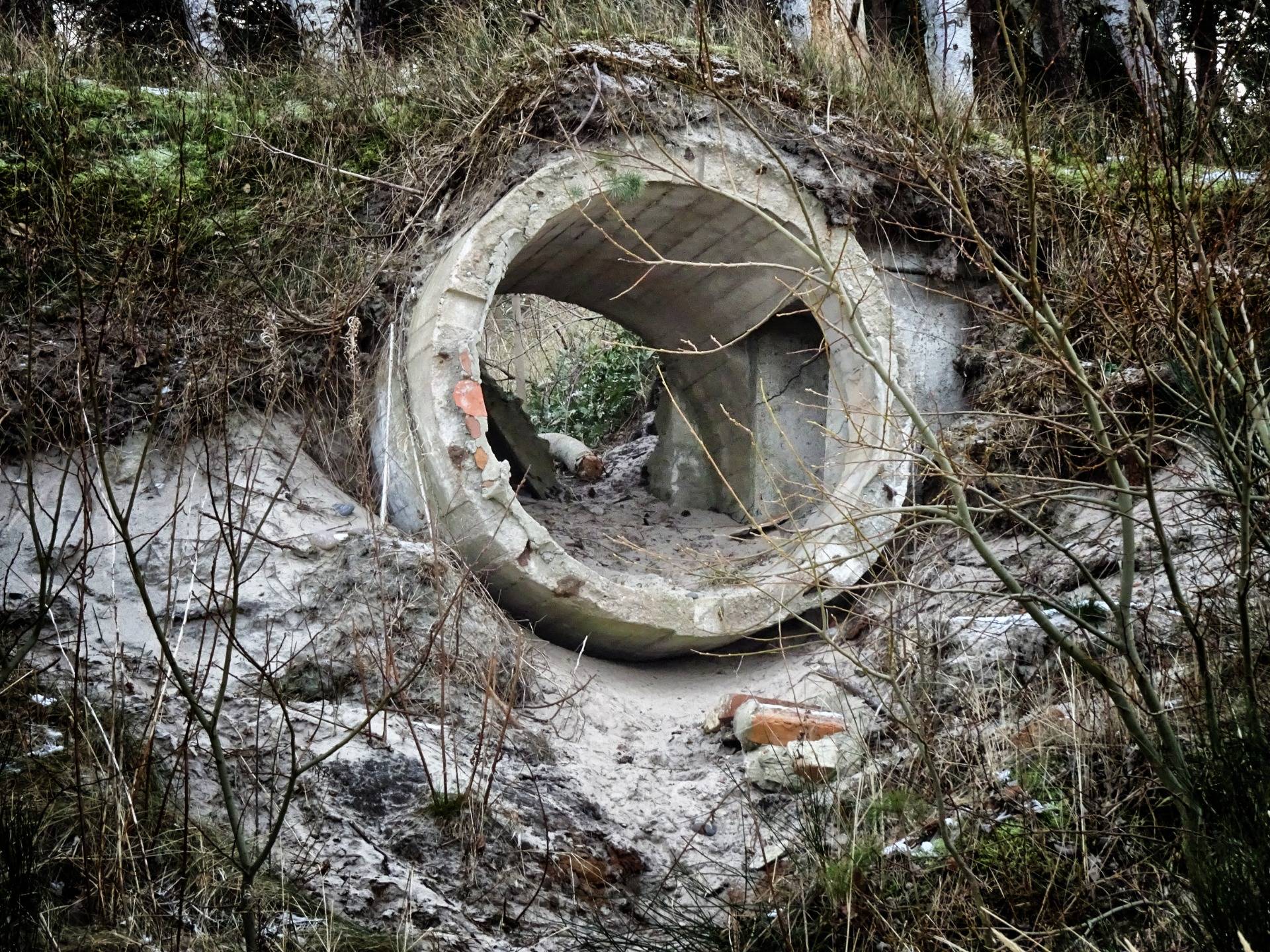
Because there is so much old ammunition there, and no one knows exactly how much, the entire area was declared a bird sanctuary and surrounded by a new, insurmountable fence...
Thank you for reading and if you like my work please follow me on Hive, Travelfeed or Steem or visit my homepage koenau.de
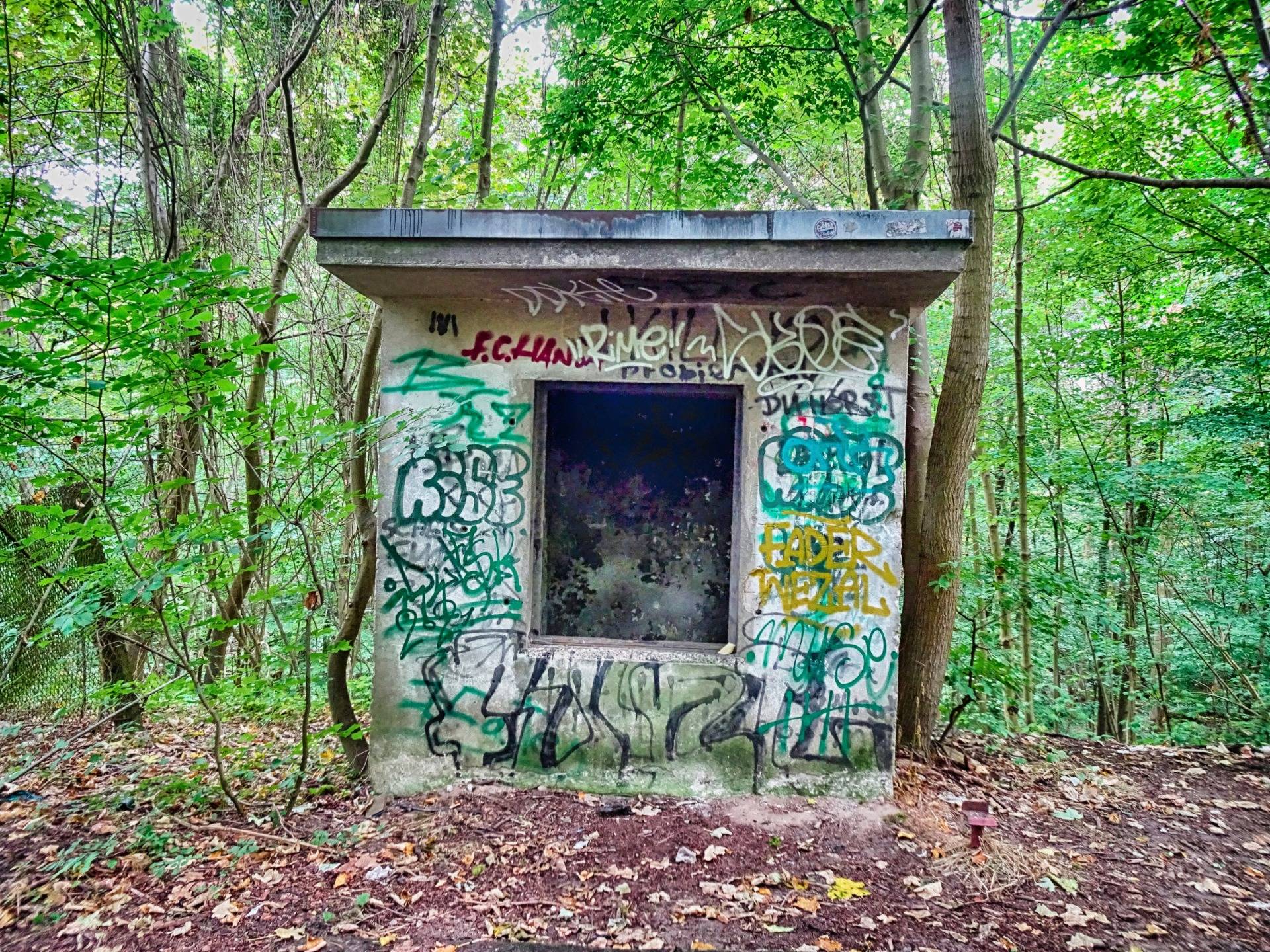
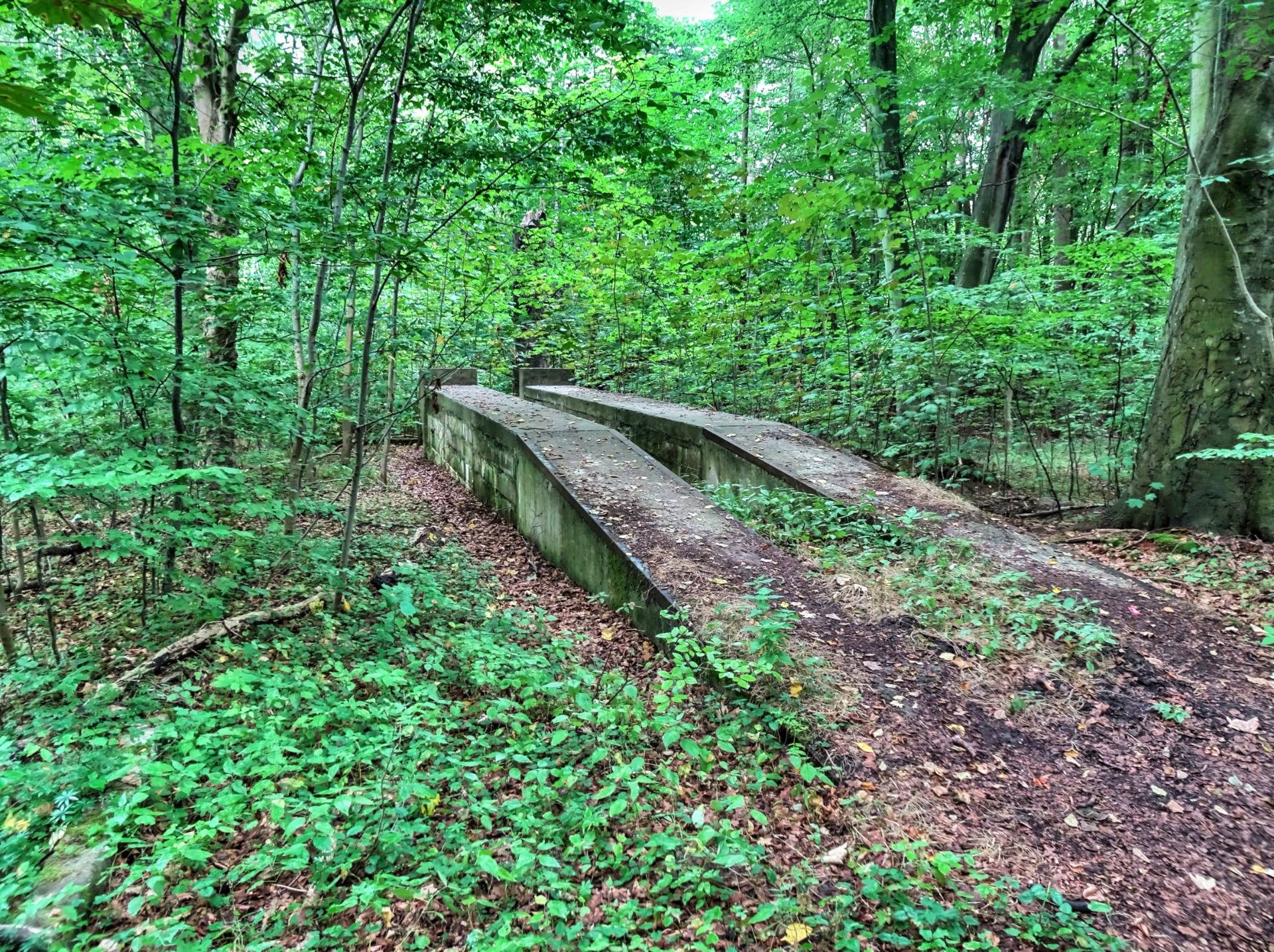
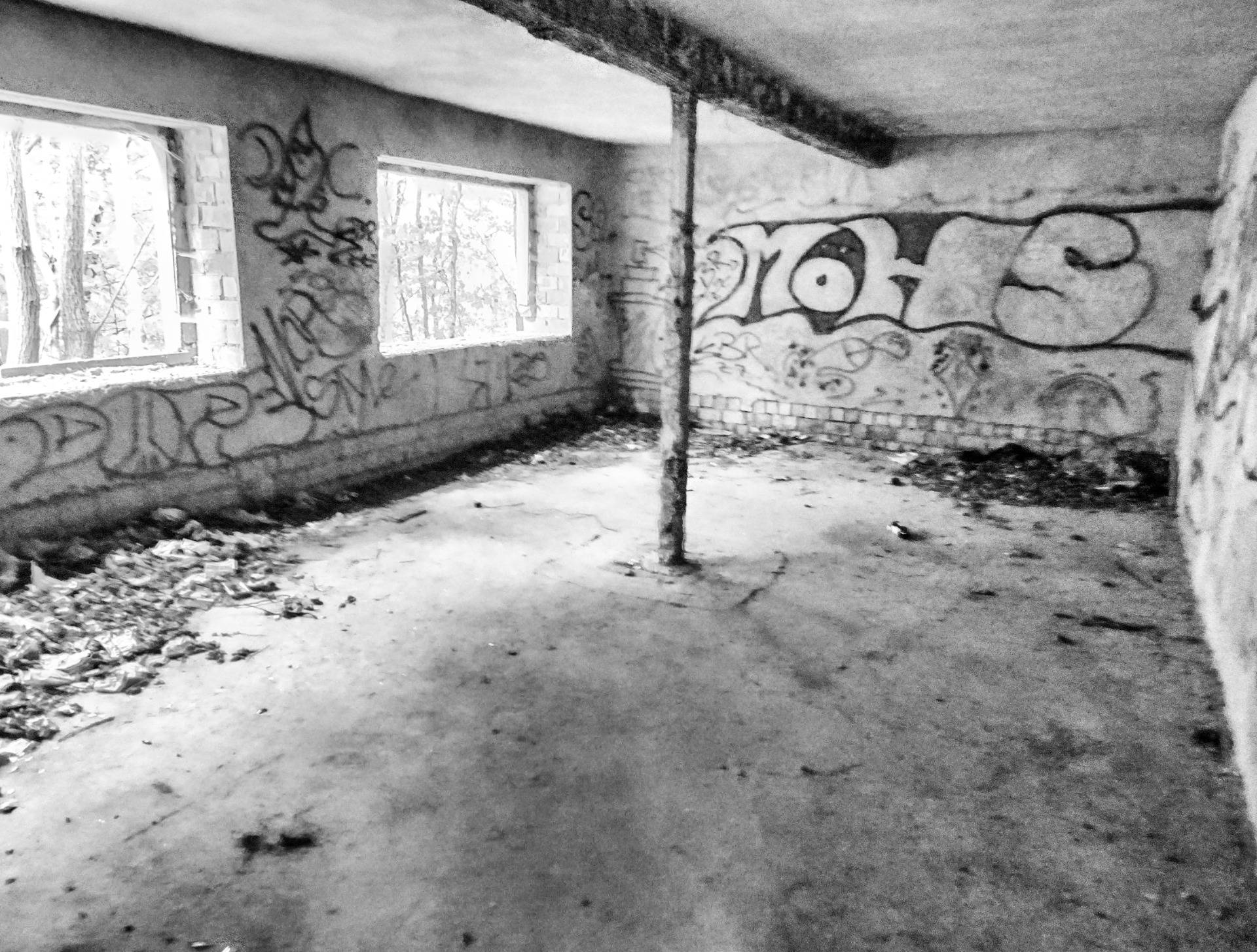
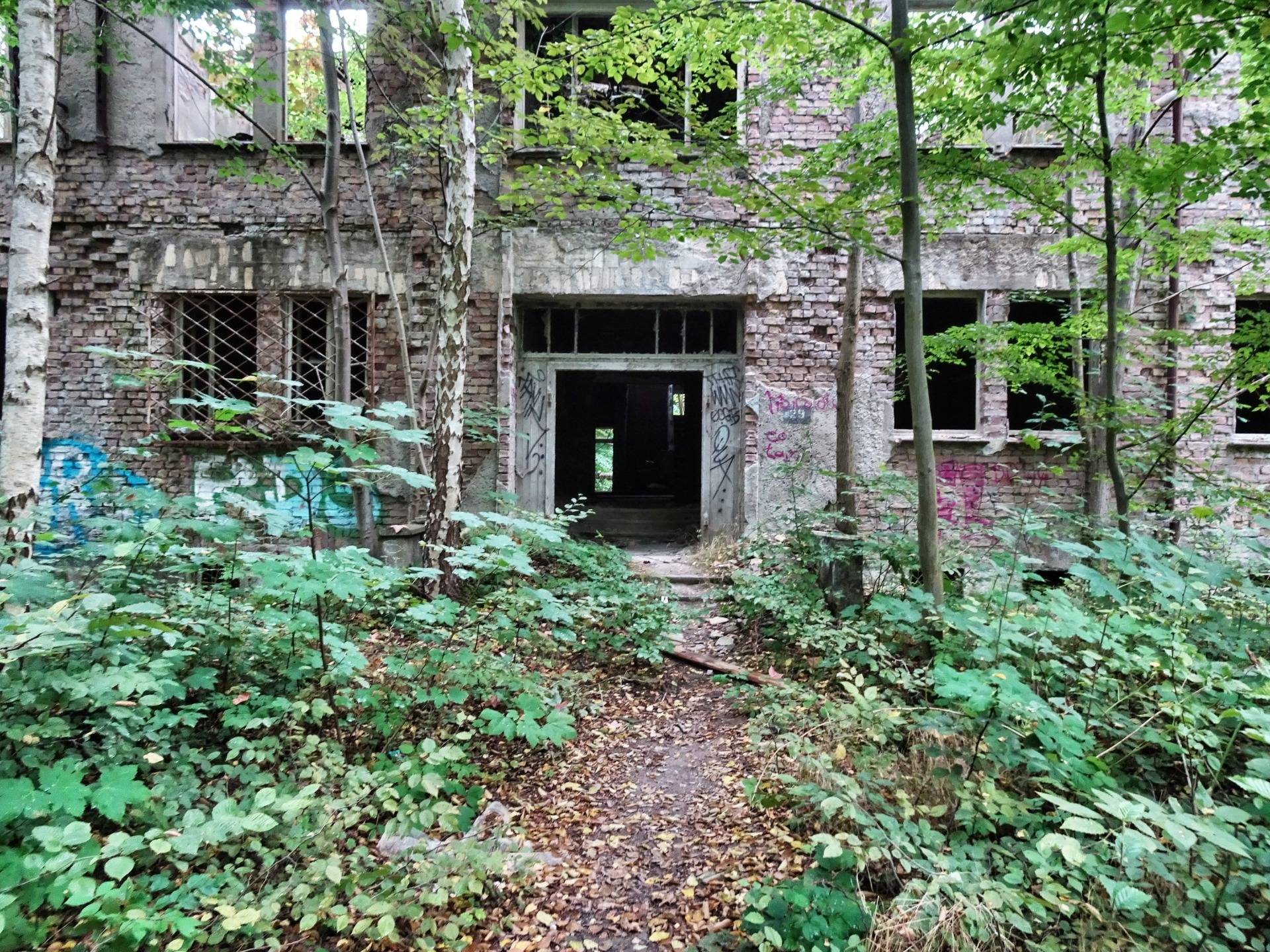
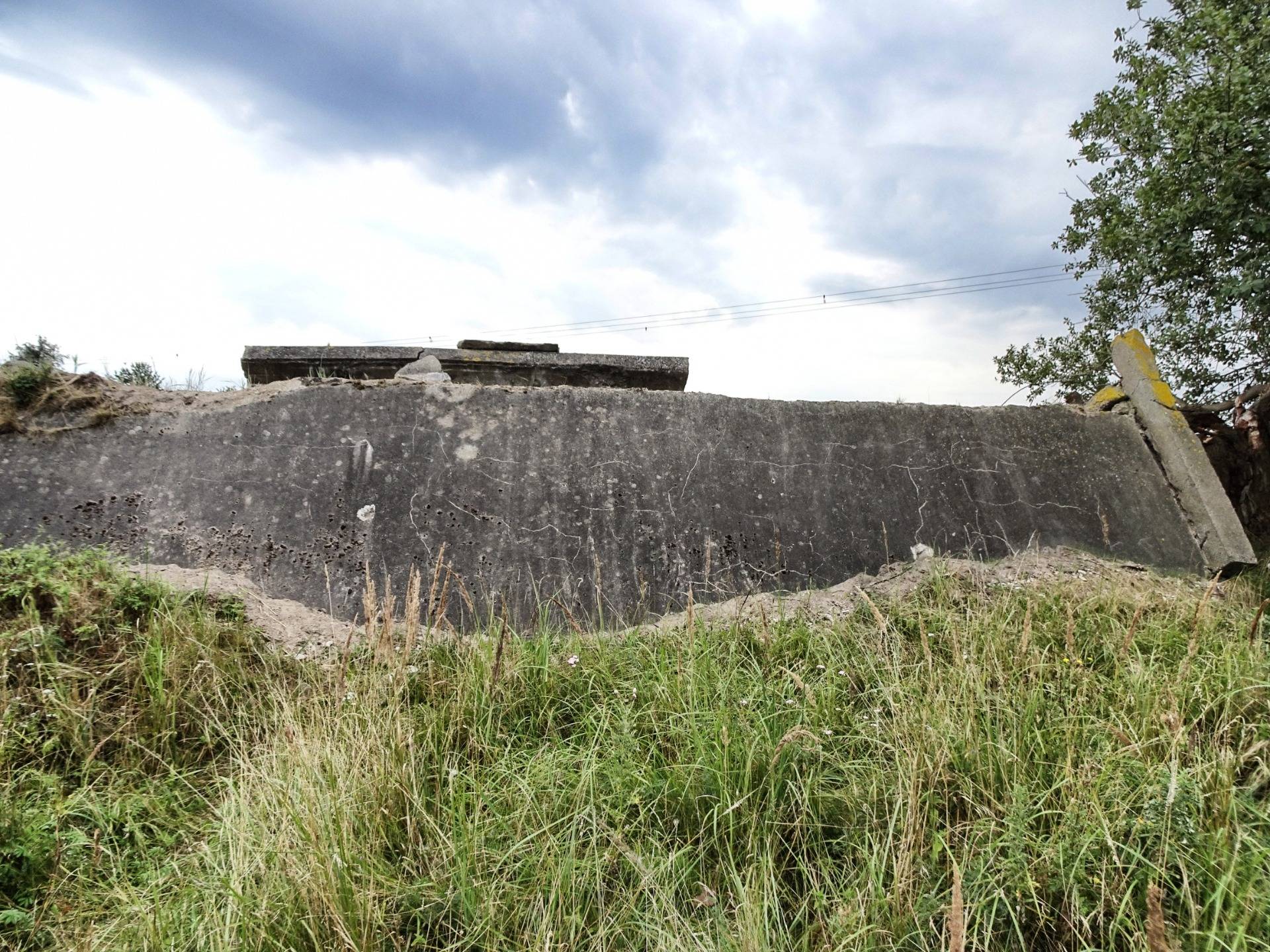

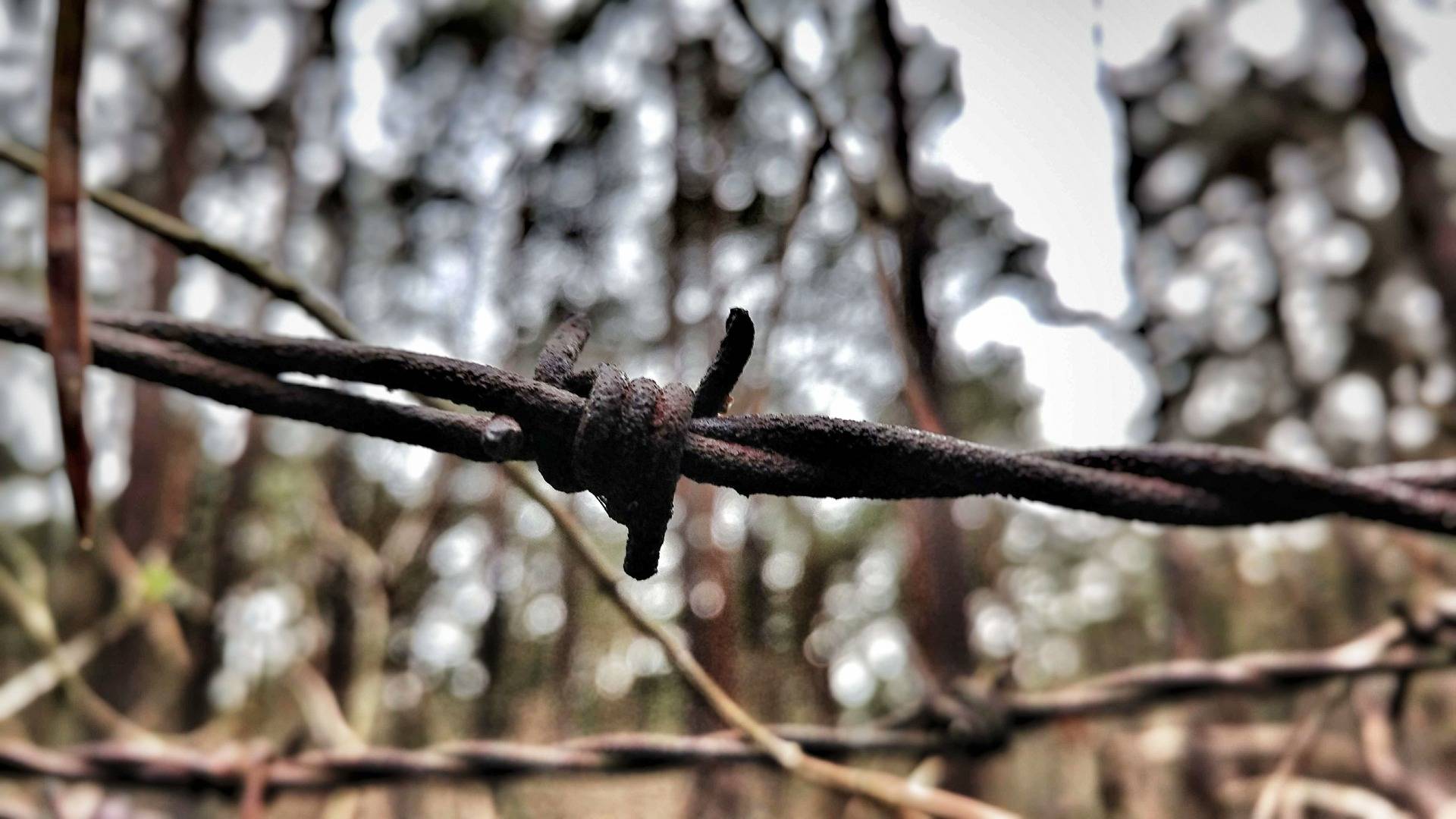
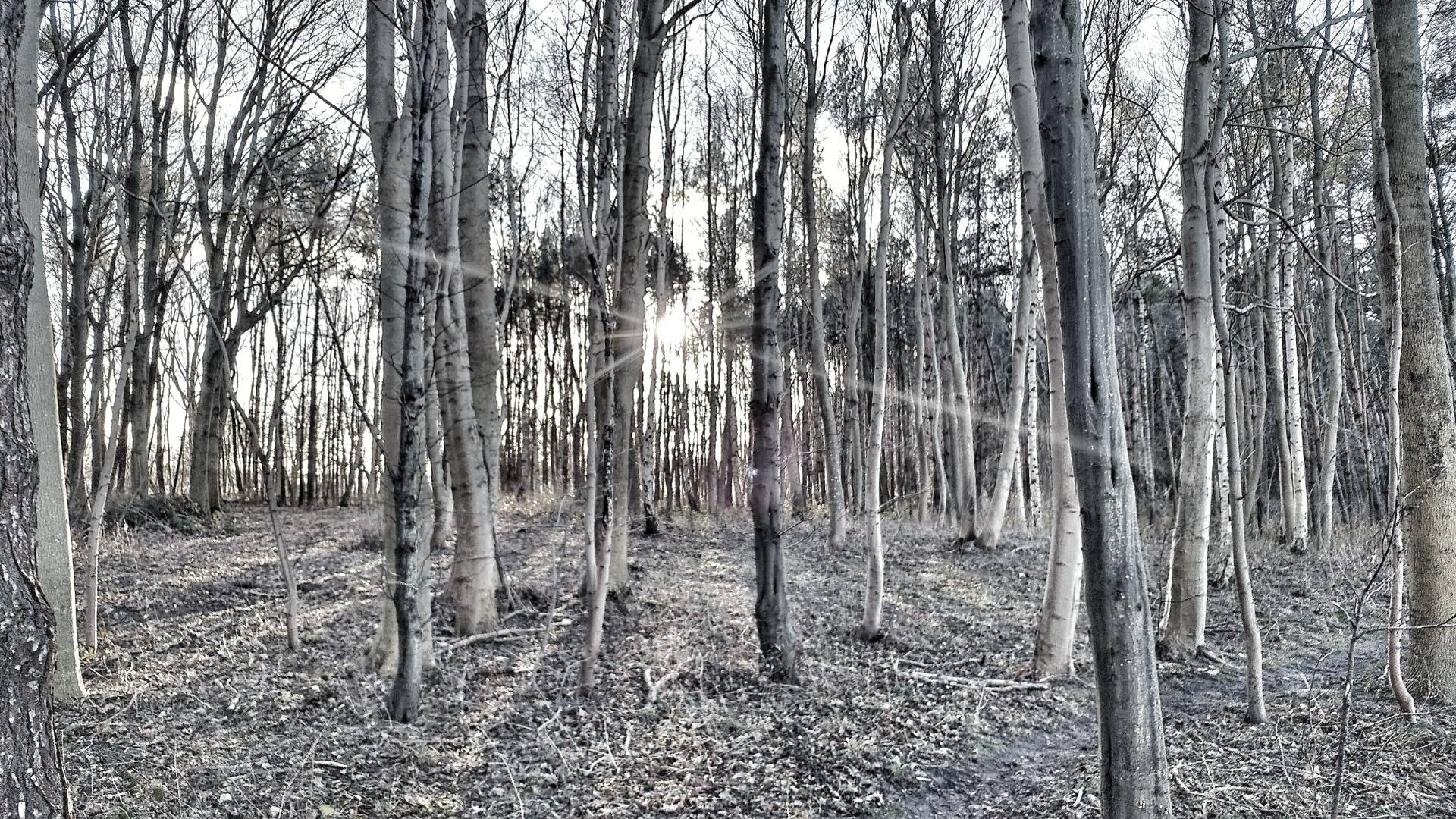
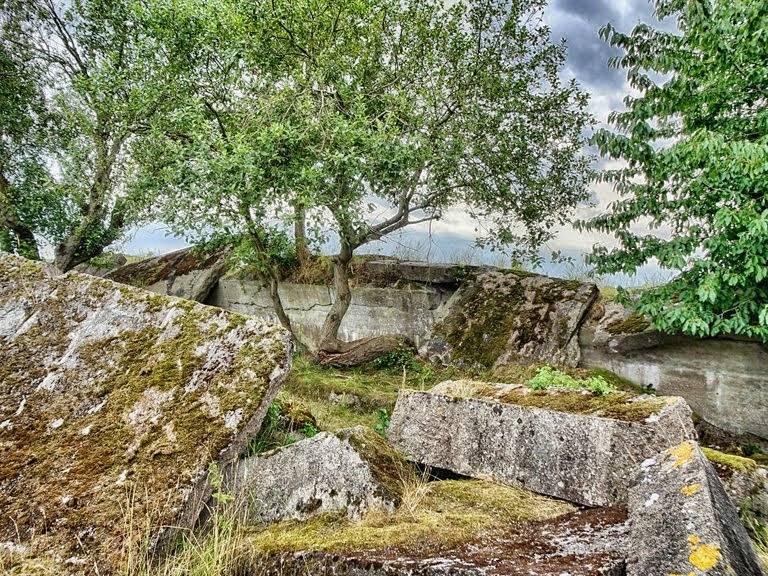
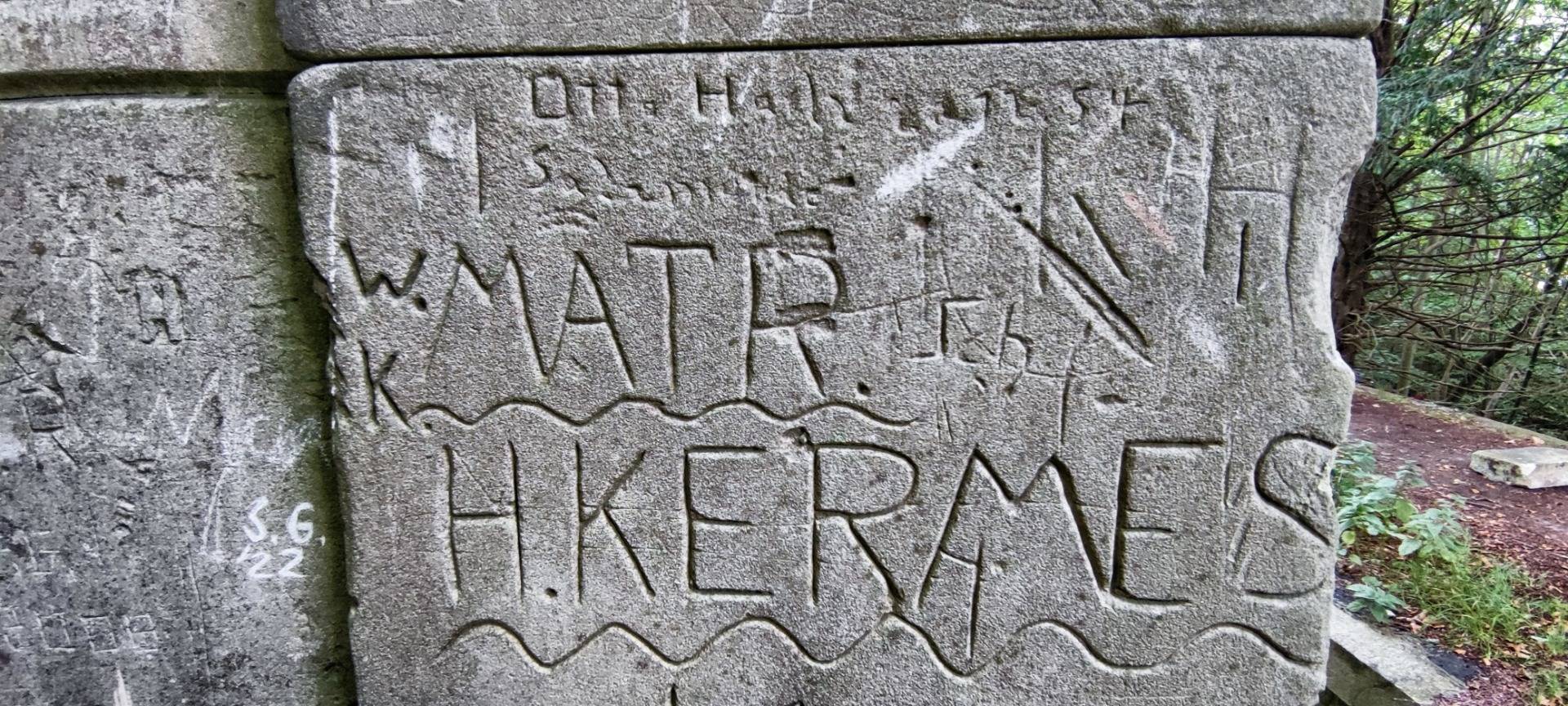
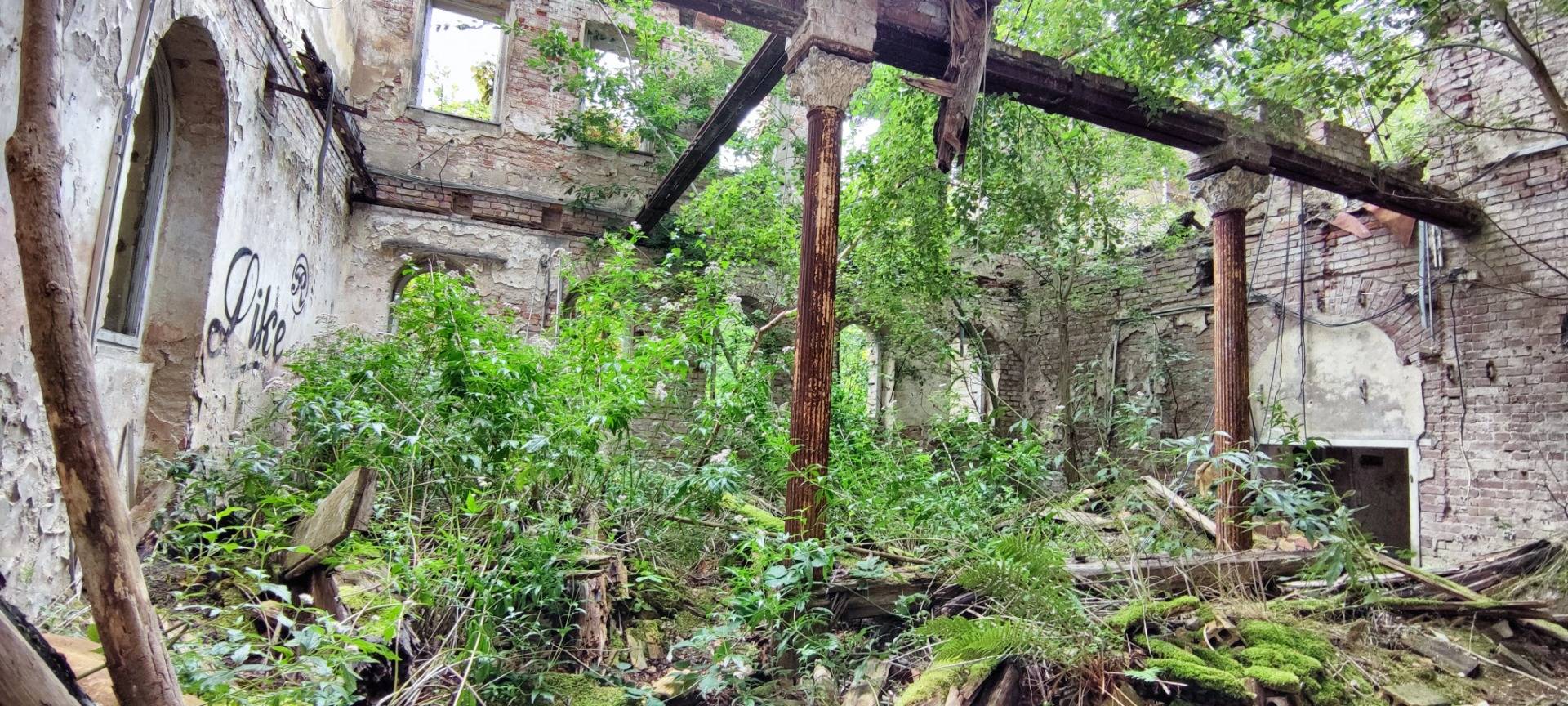
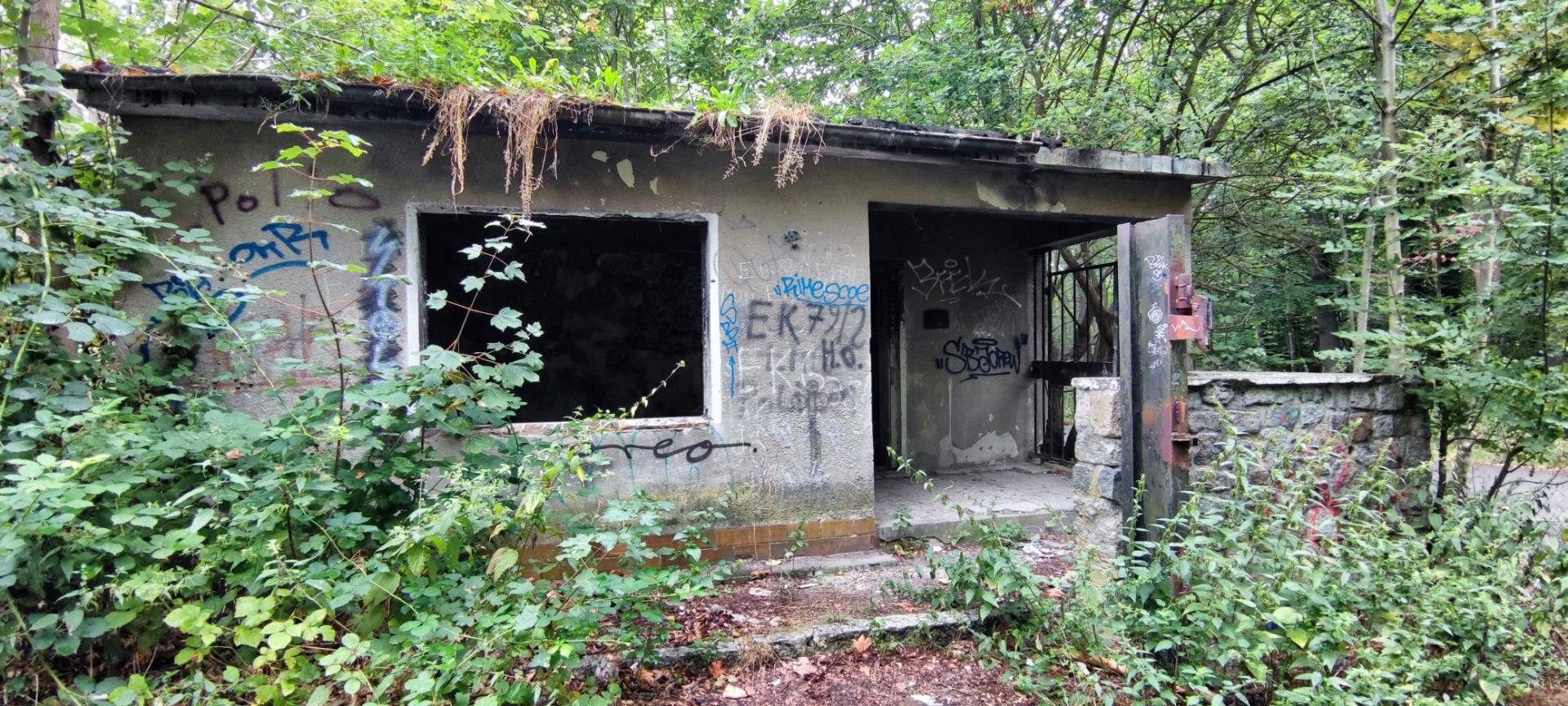
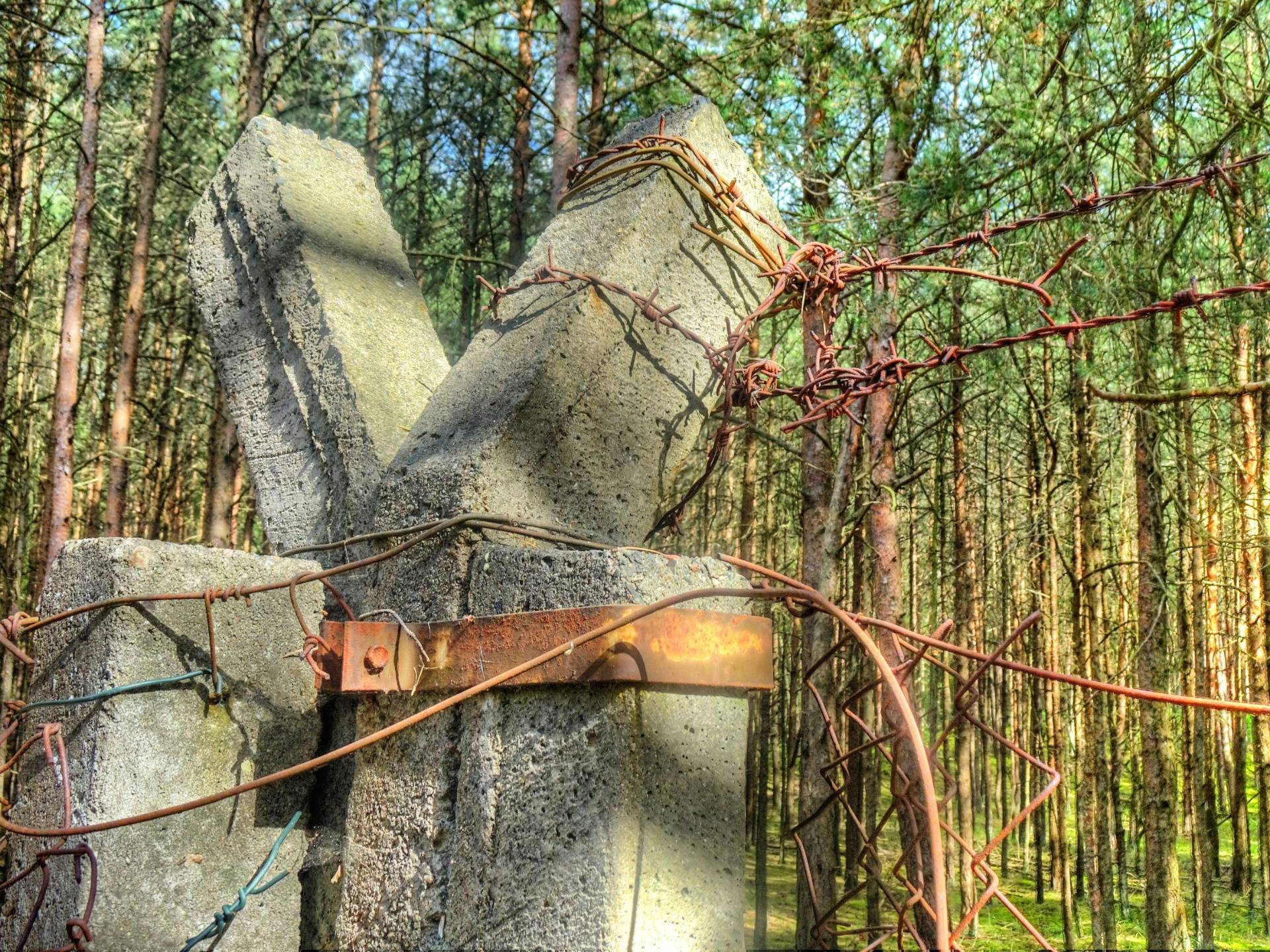
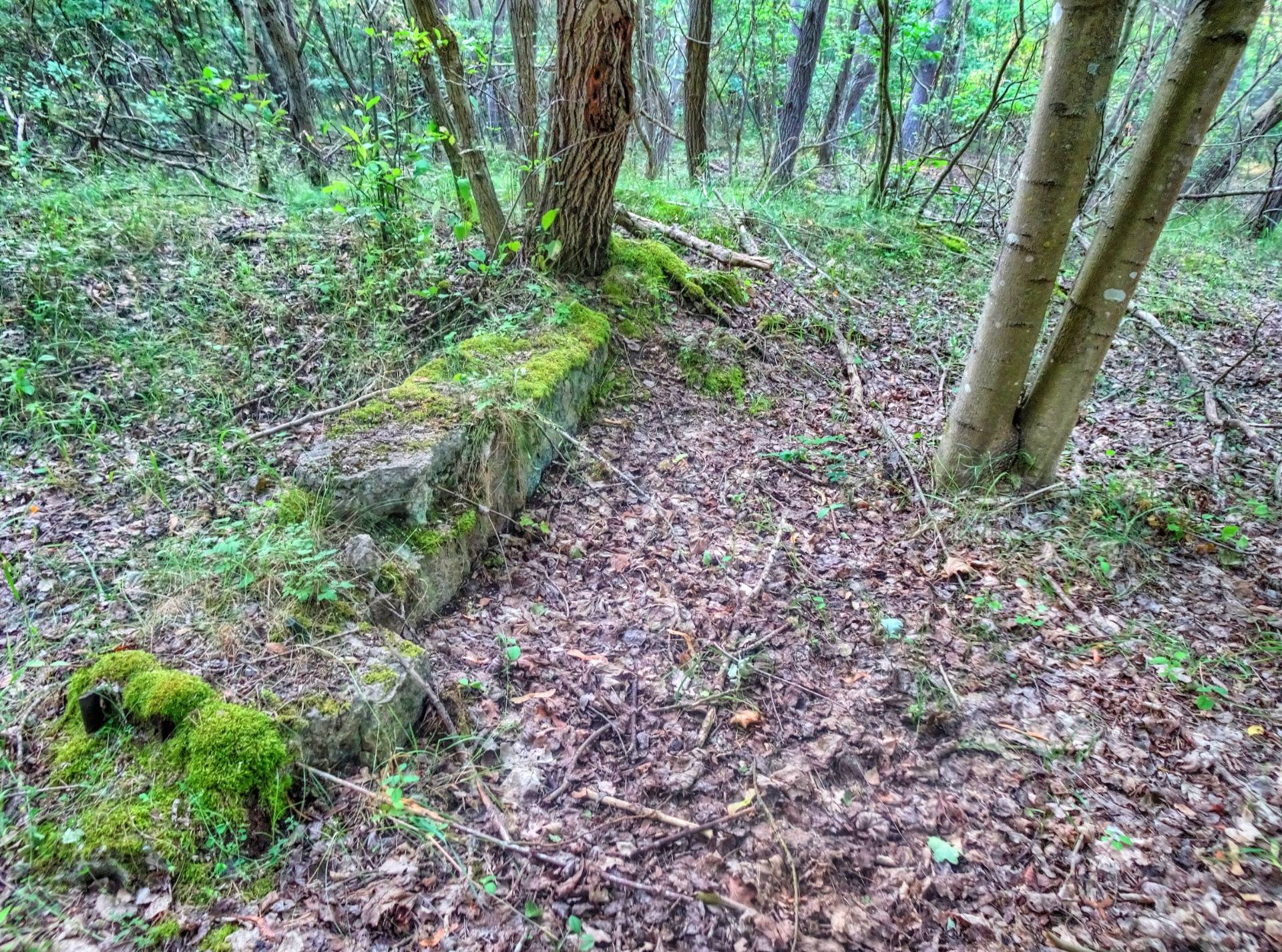
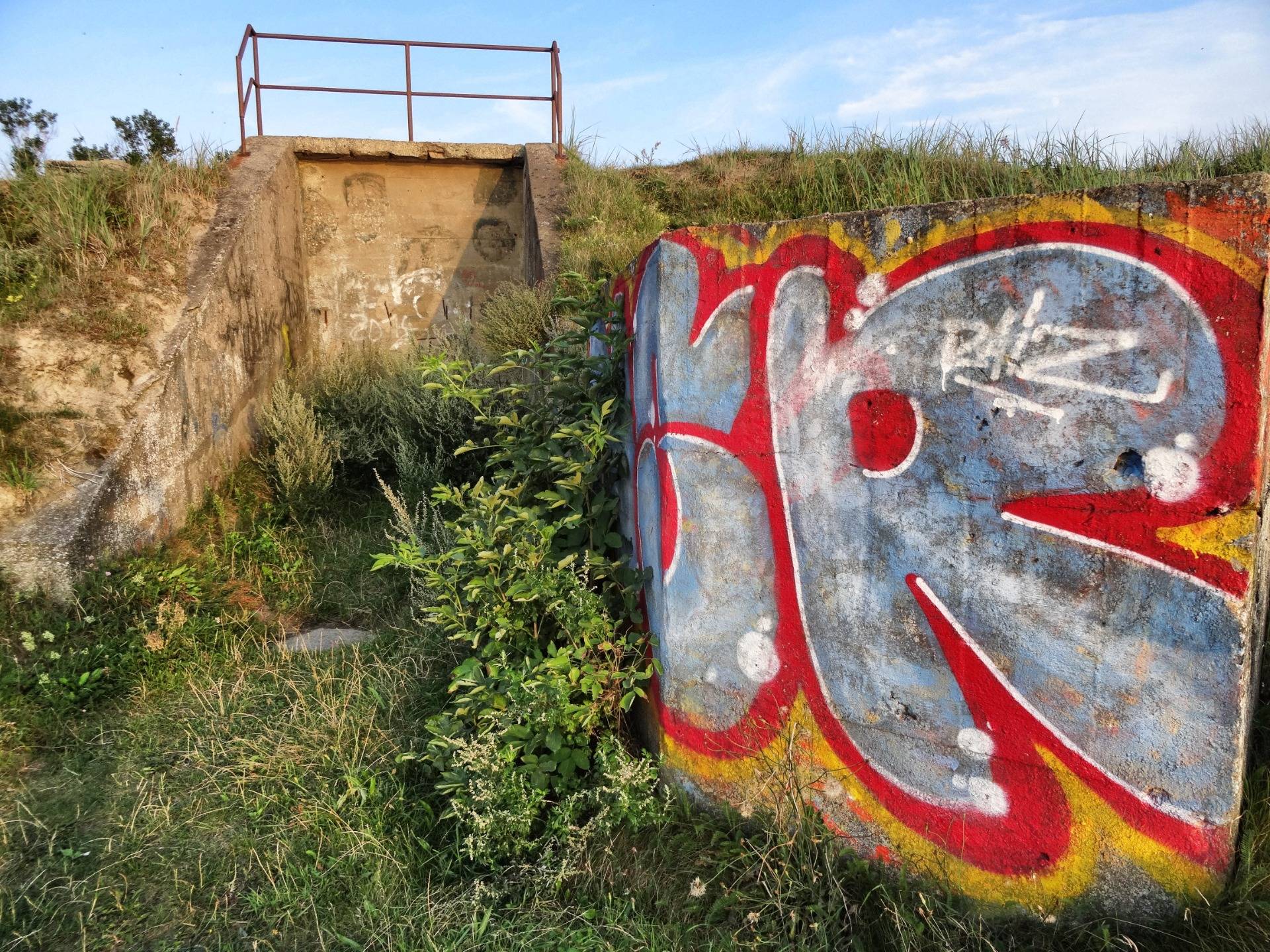
Inside a small bunker in Poland, near the beach
One of the biggest things along the coastline: The Bluecher Bunker near Danzig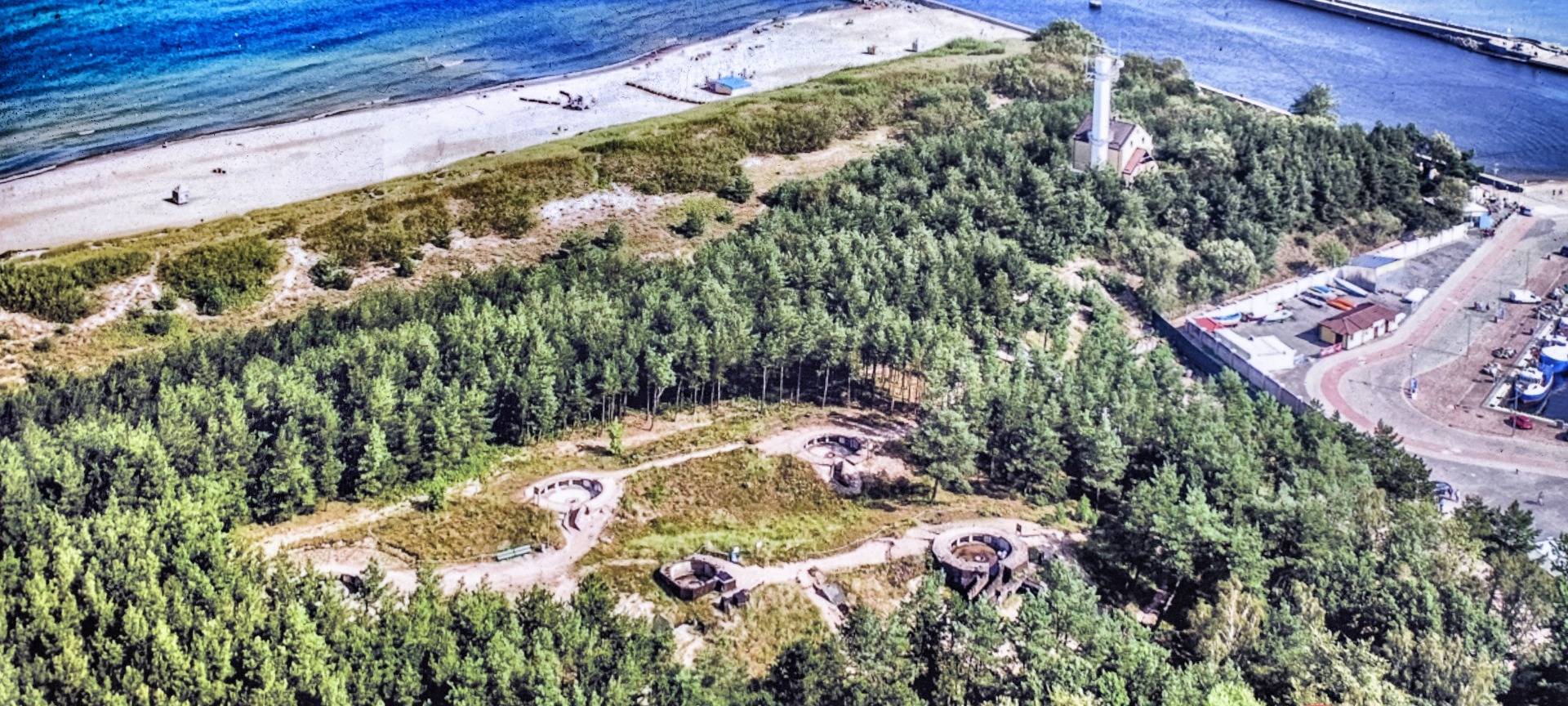
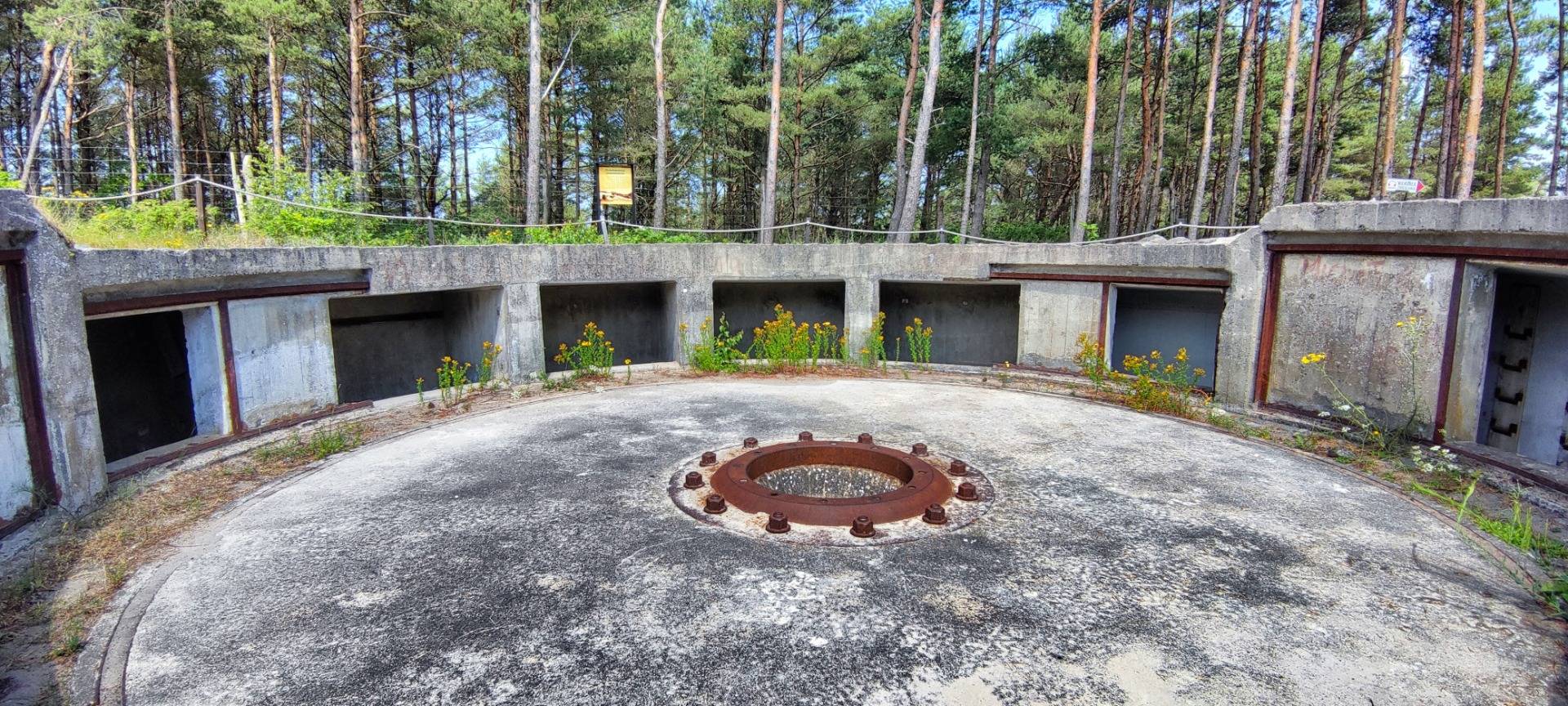
Hidden cellar, above on the left ist the cliff
A green hell, 35 years later
Rusty metal things, the salty air bites the concrete
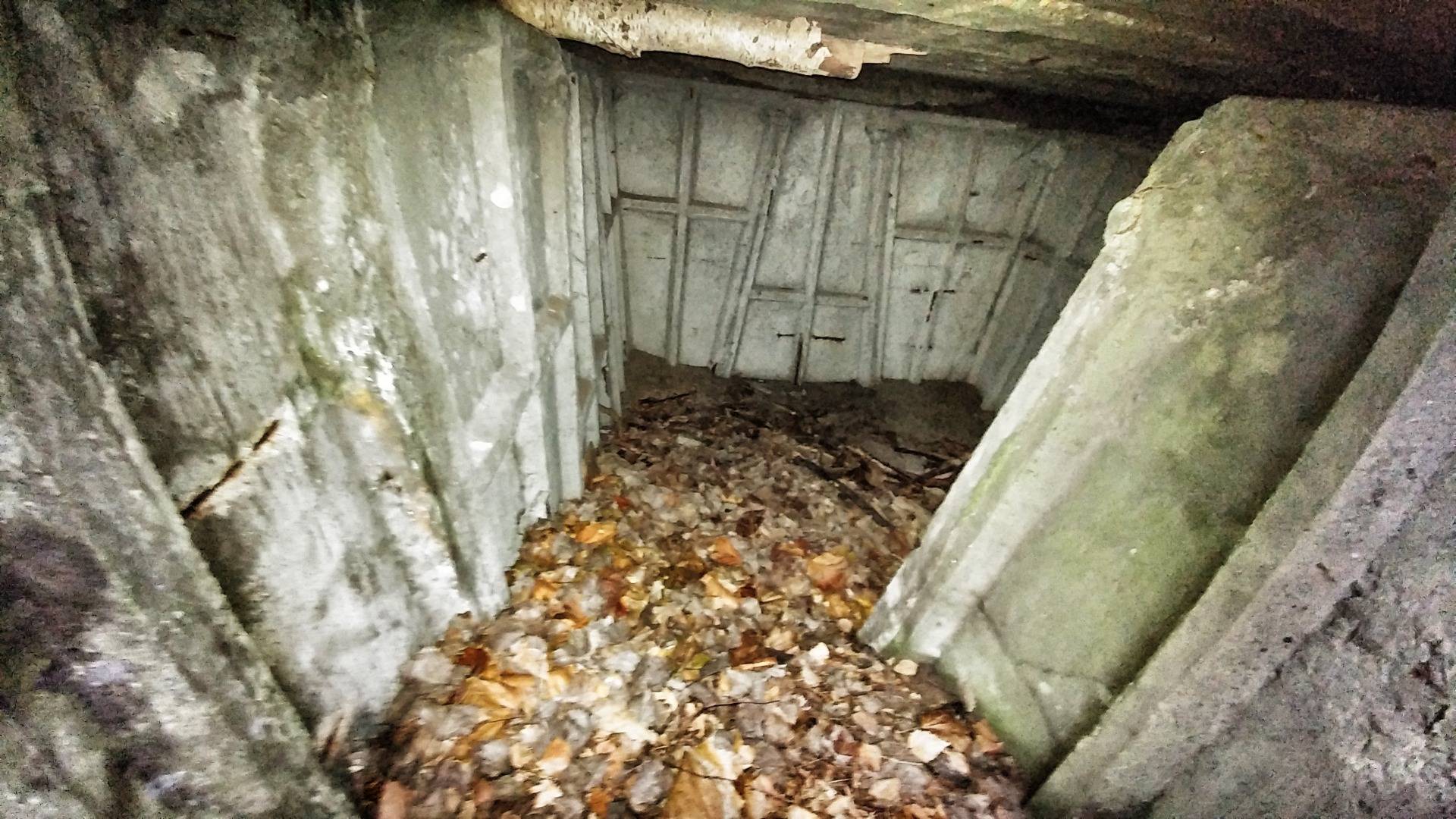
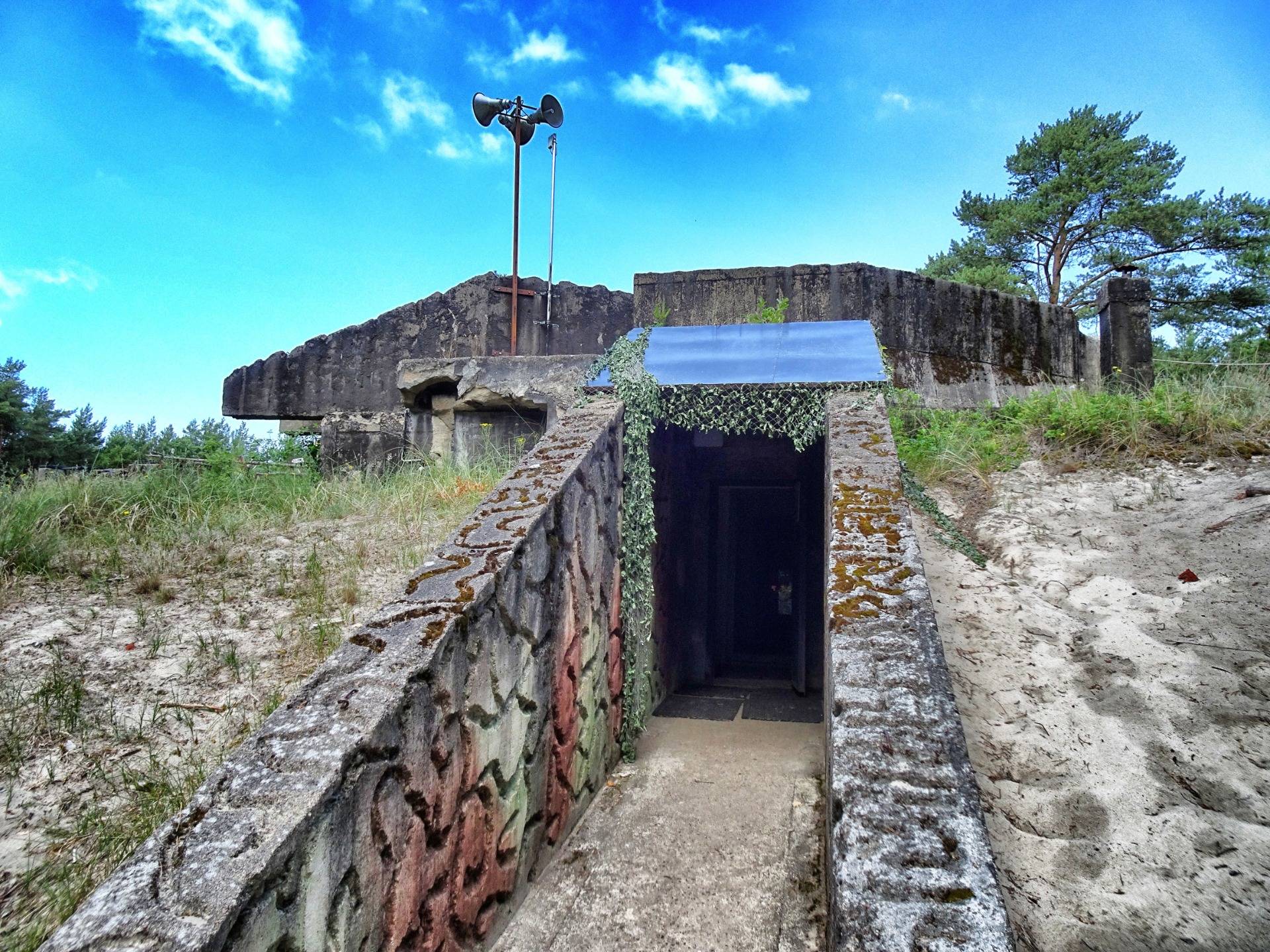
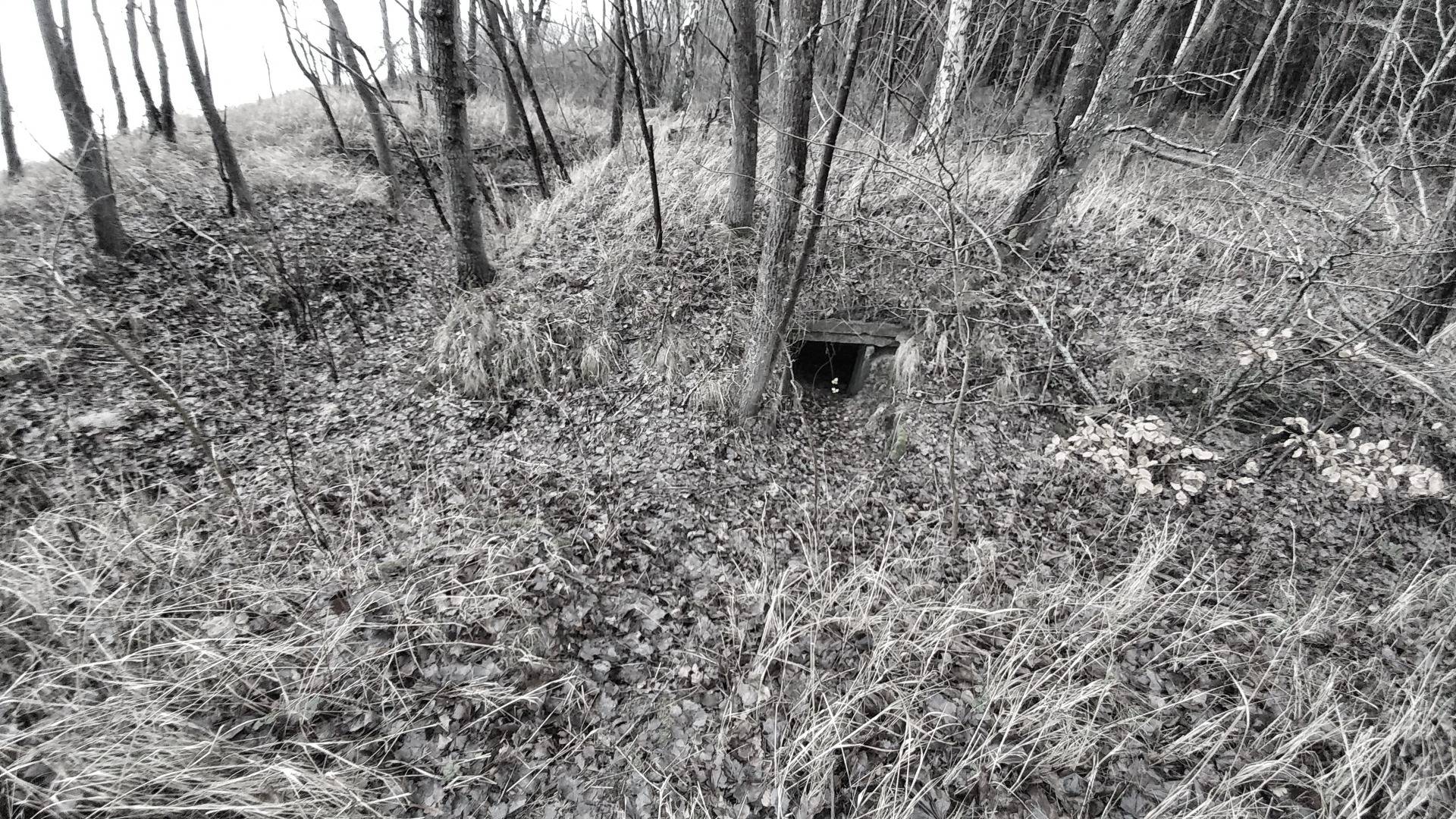
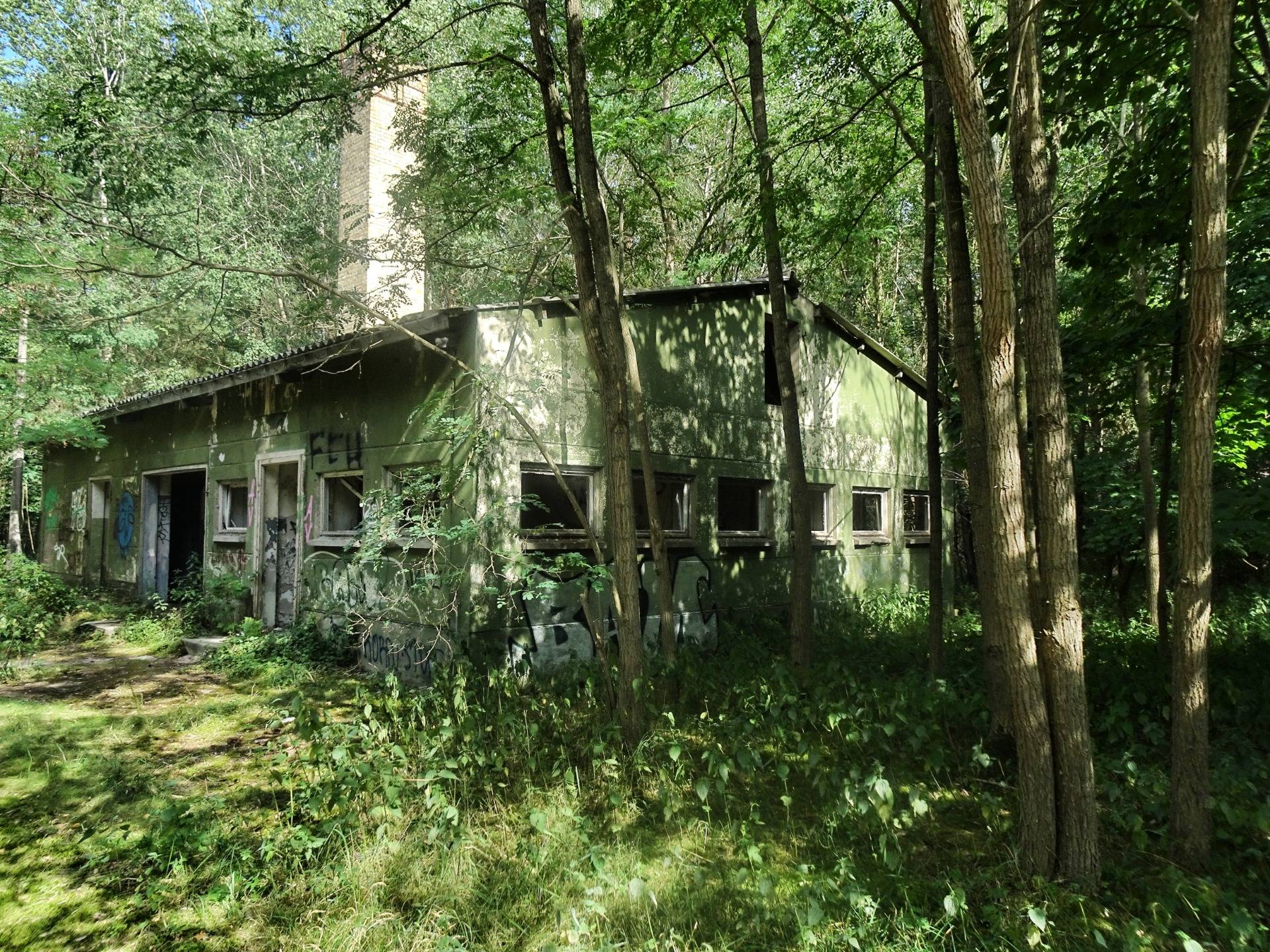
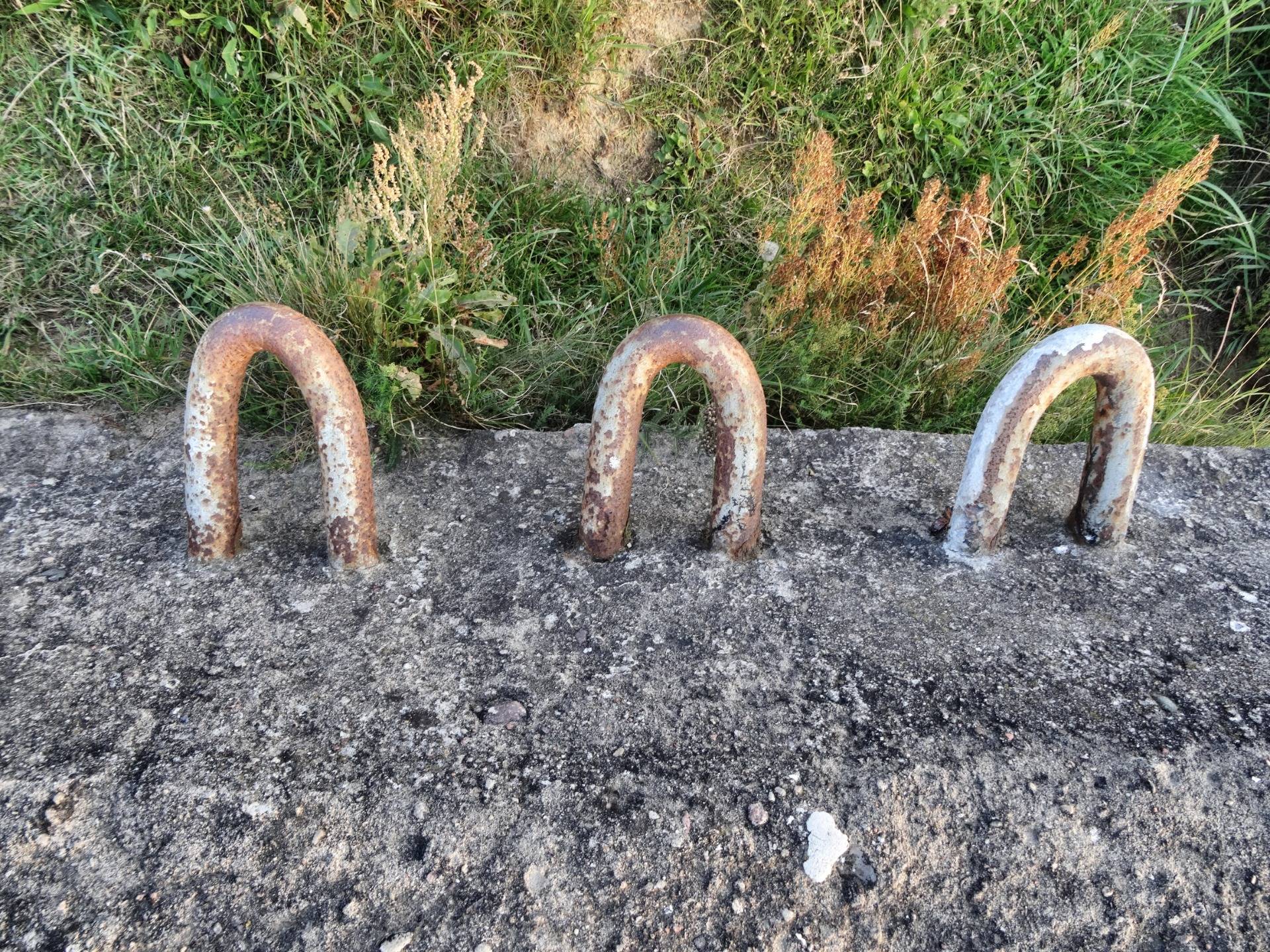


Comments
Post a Comment